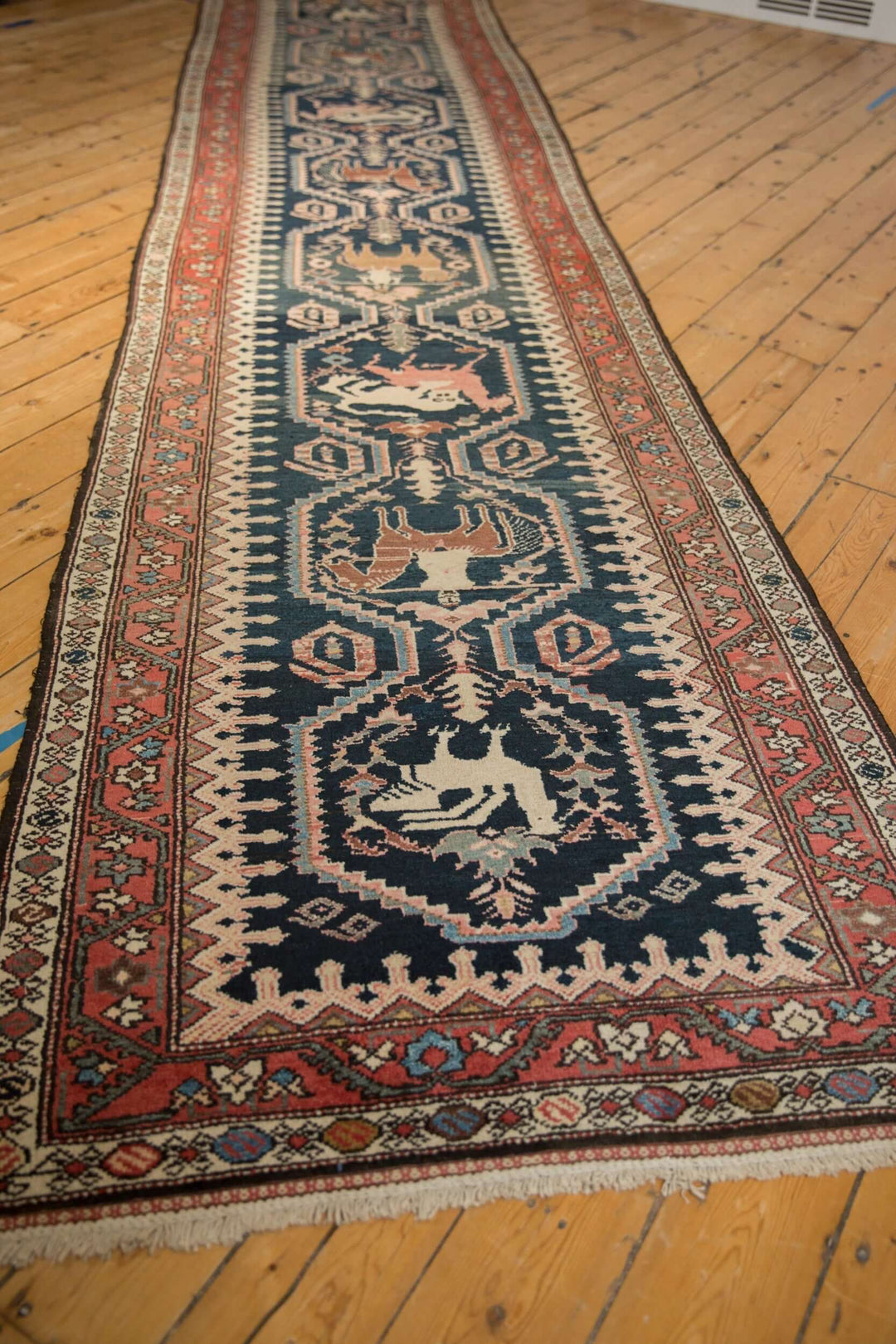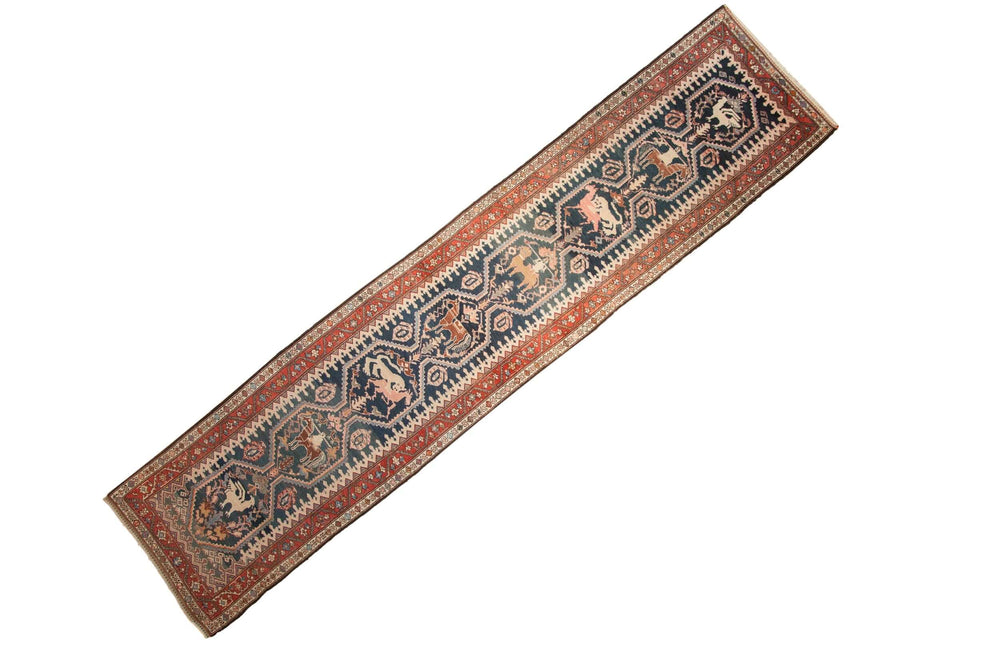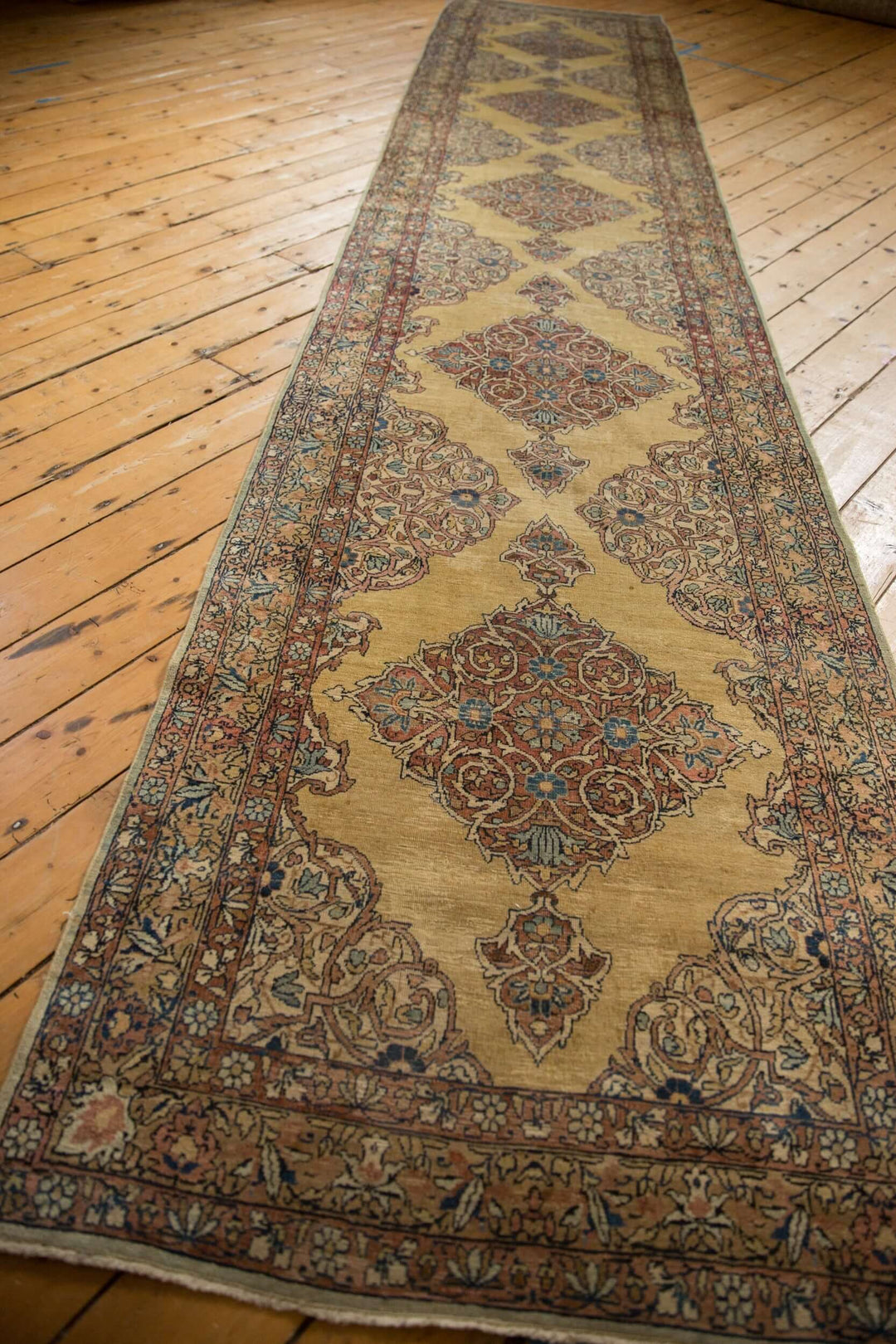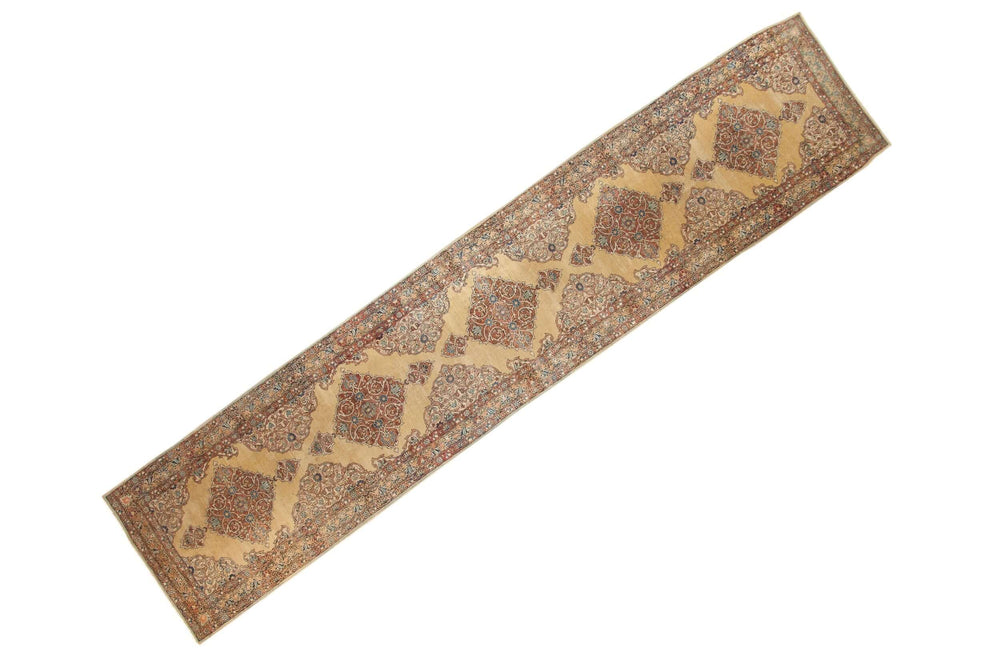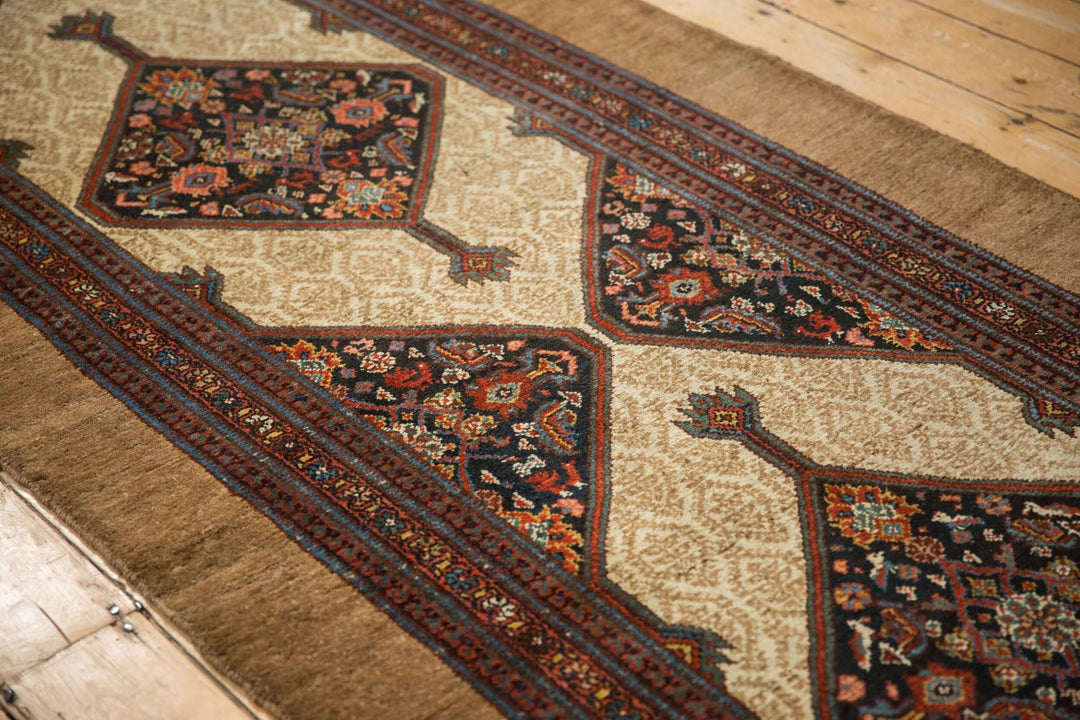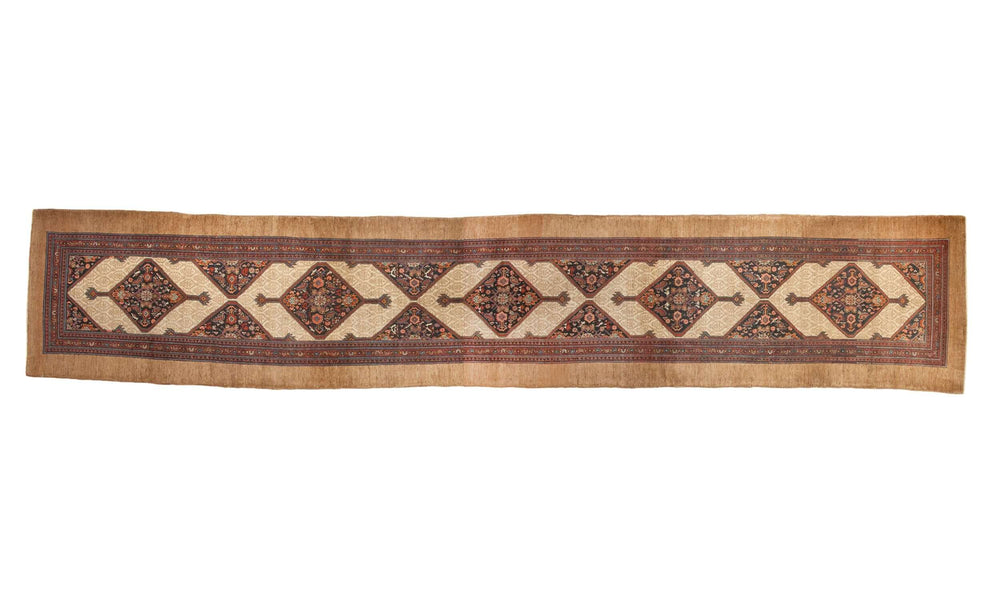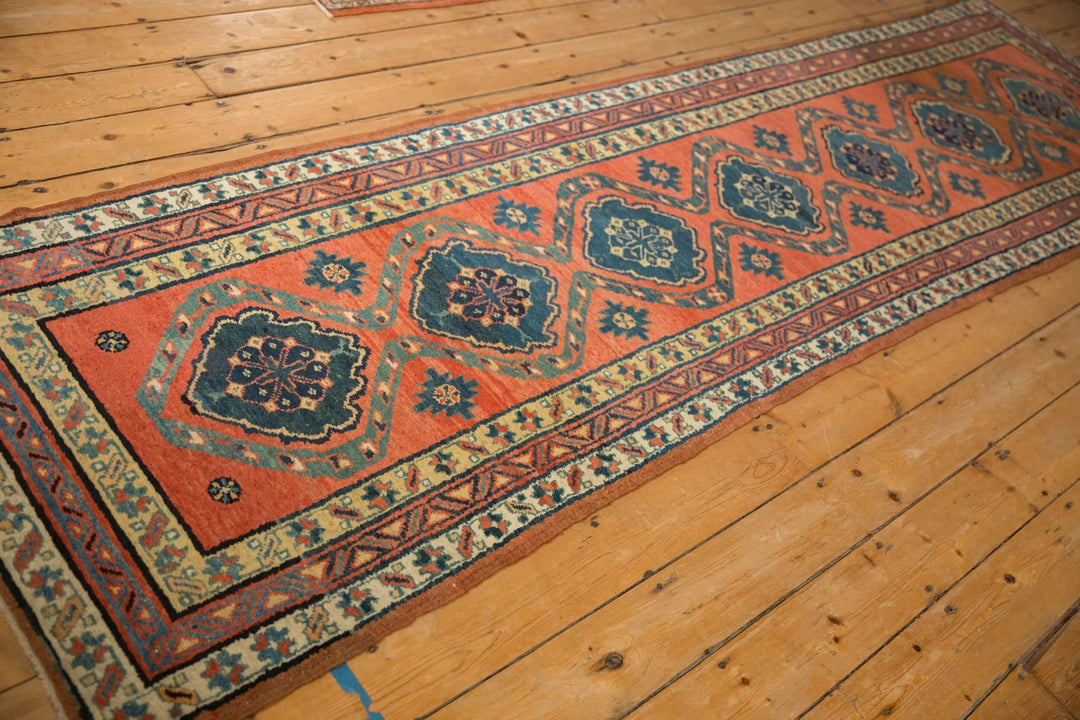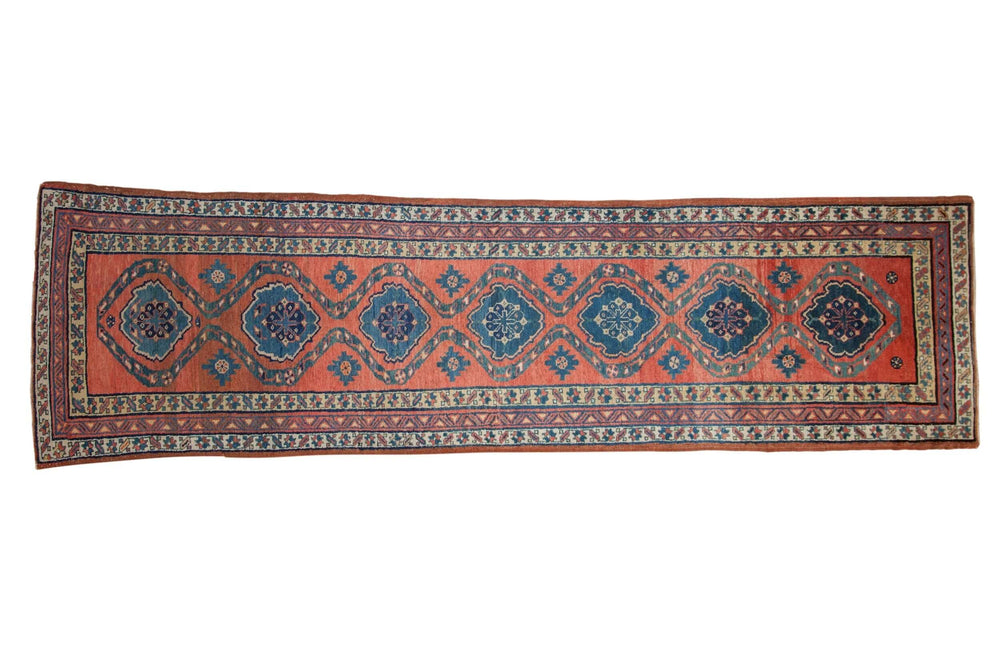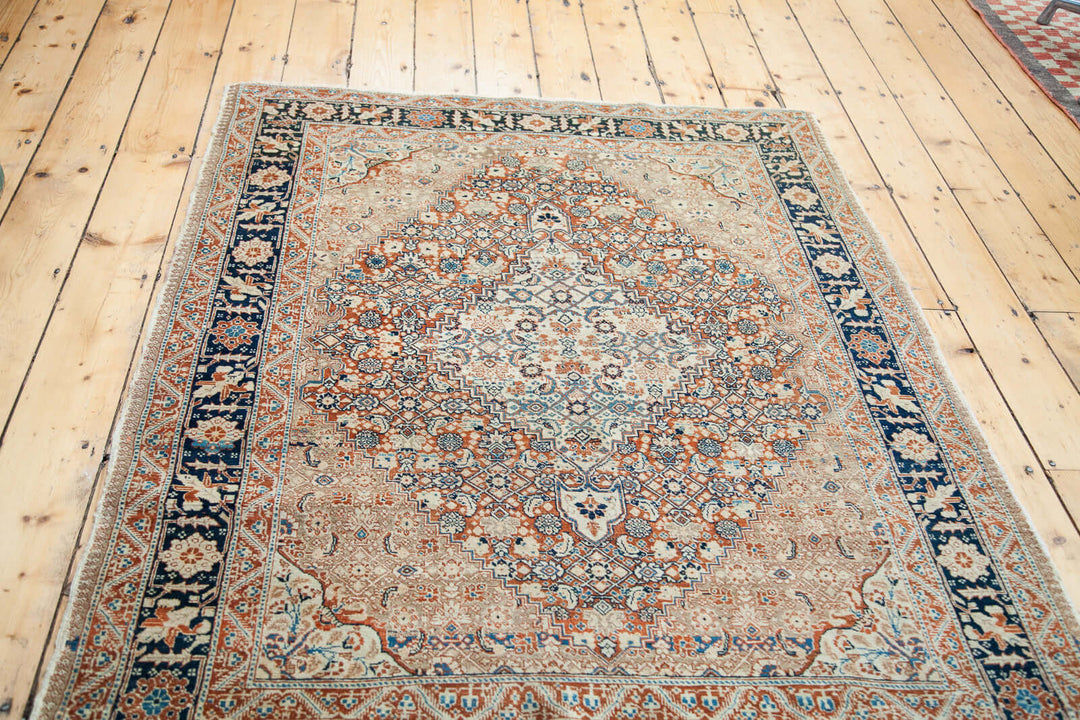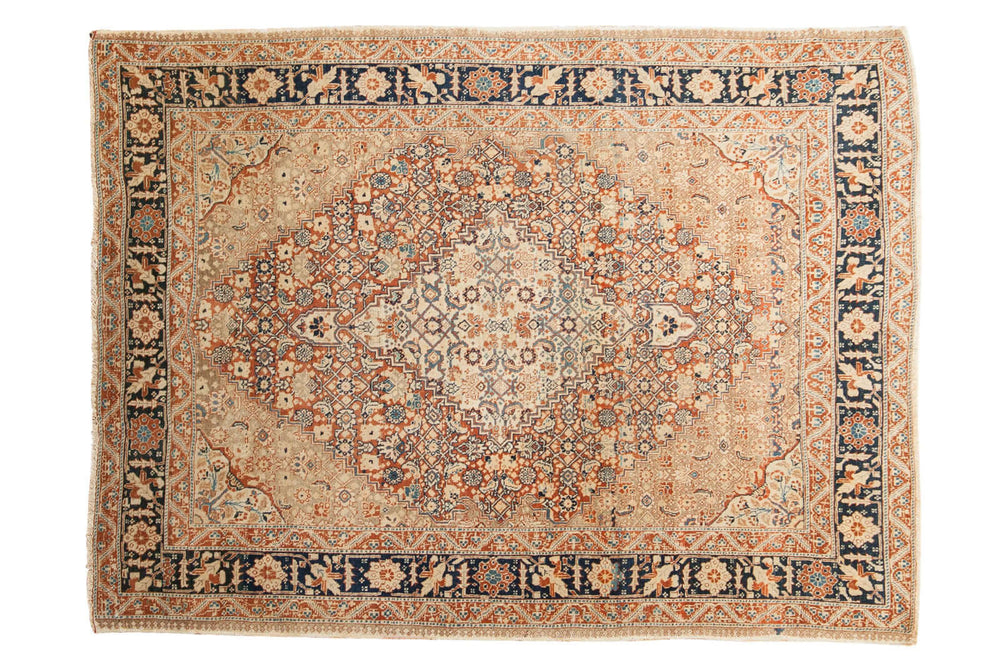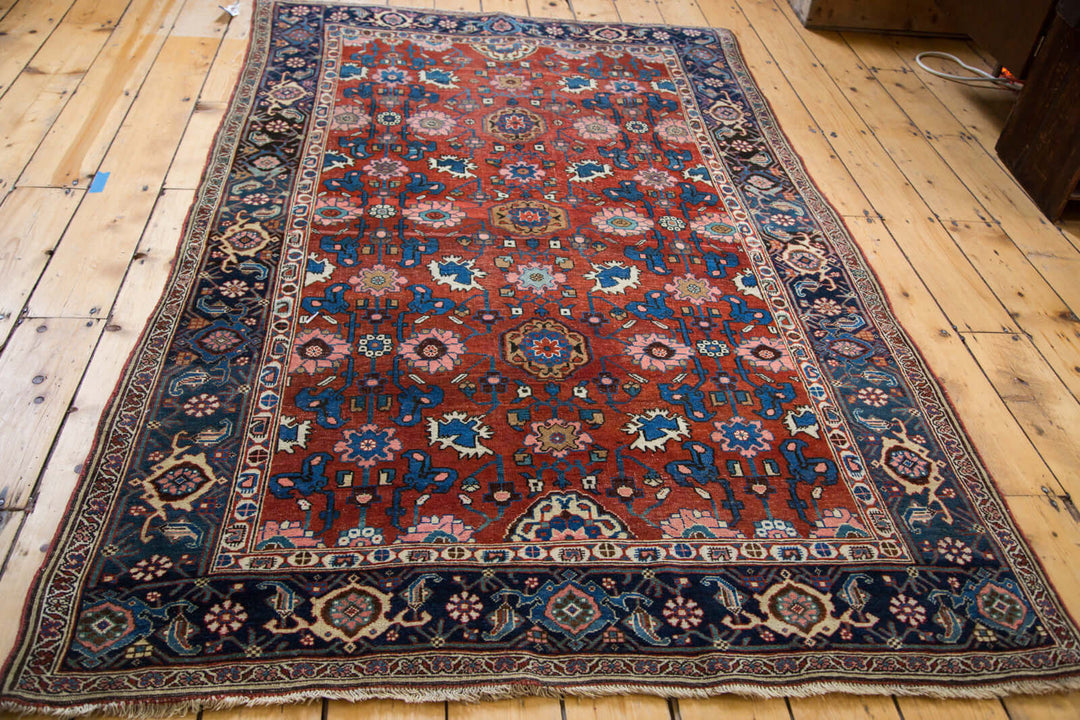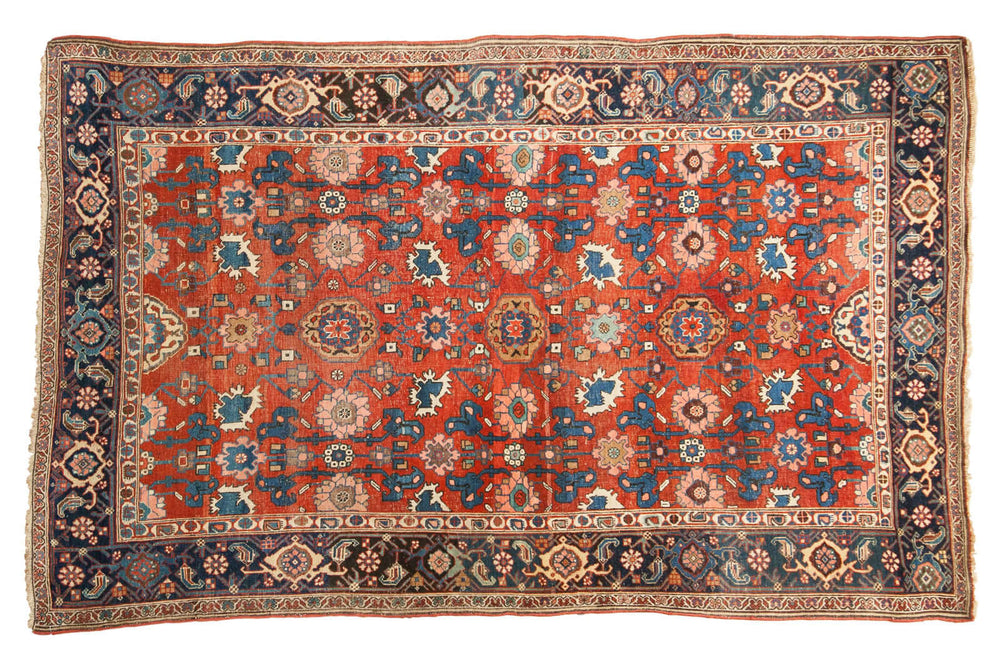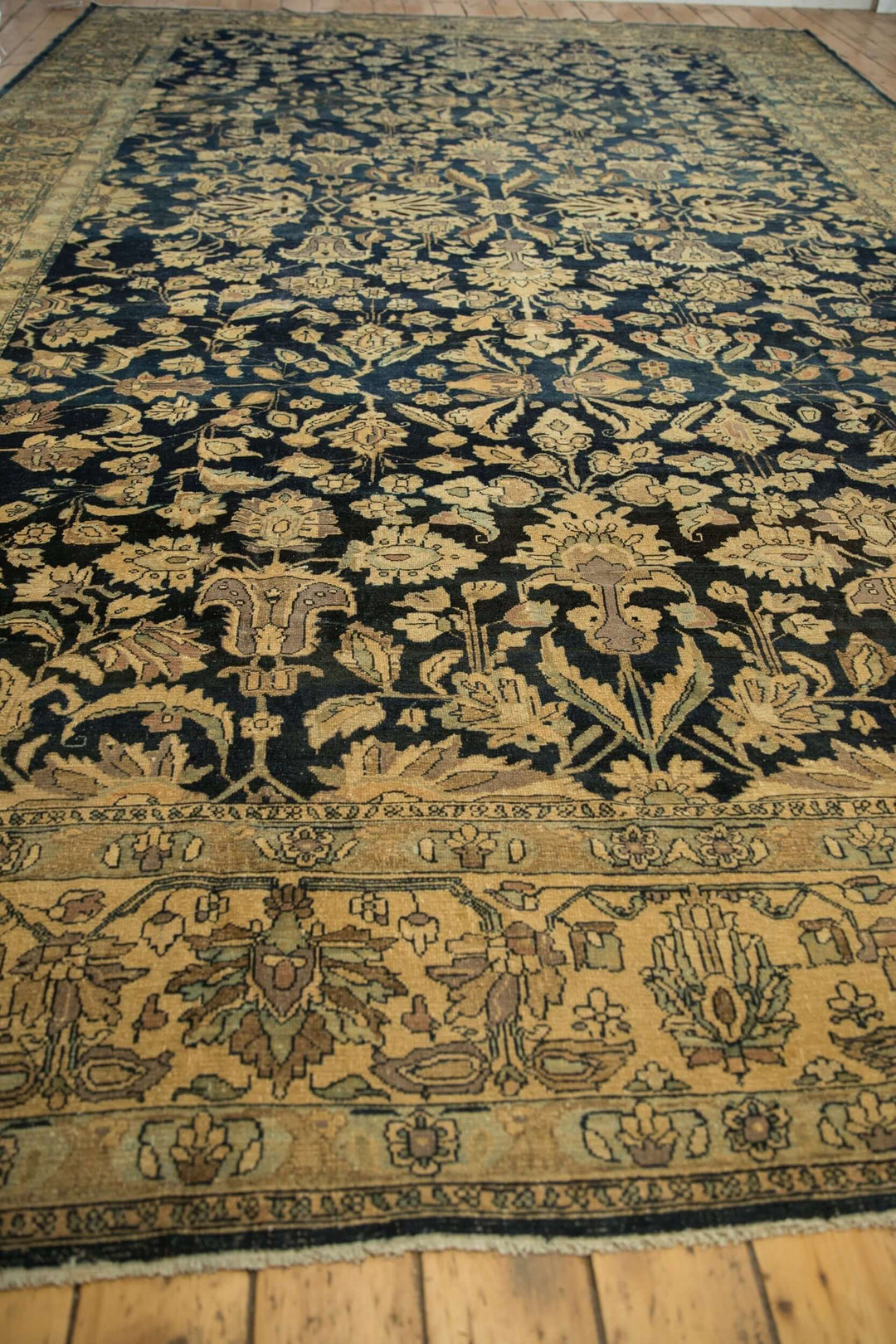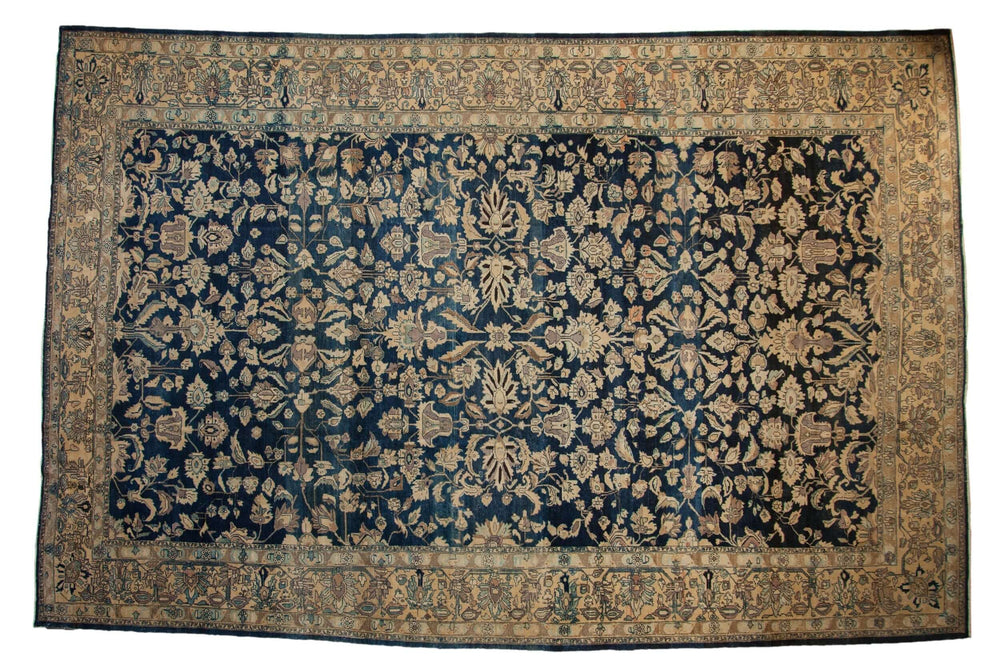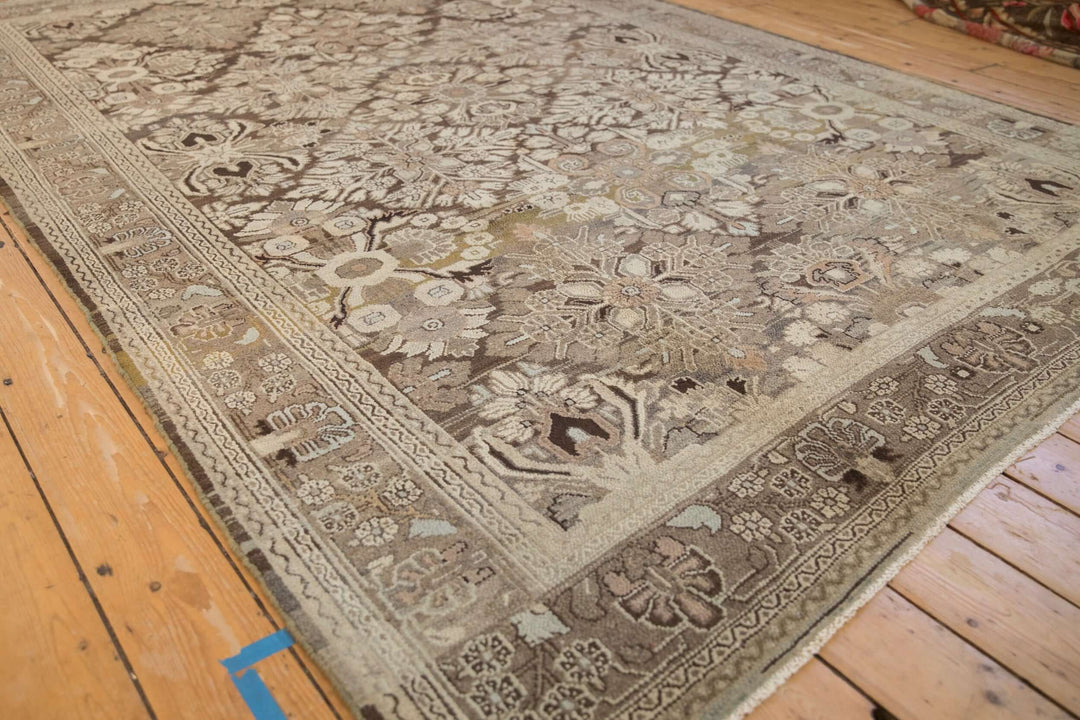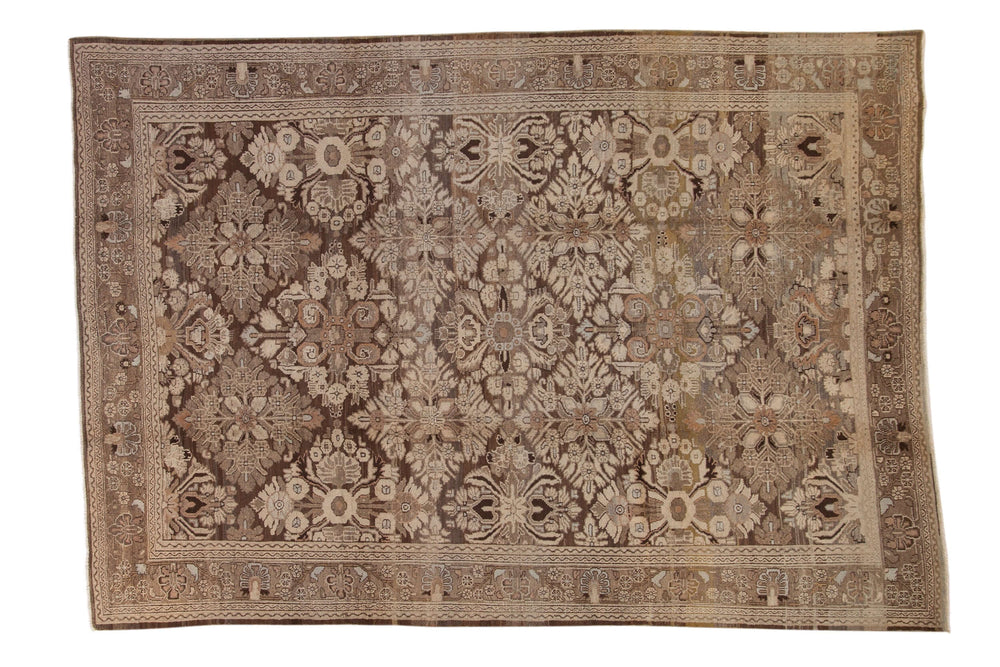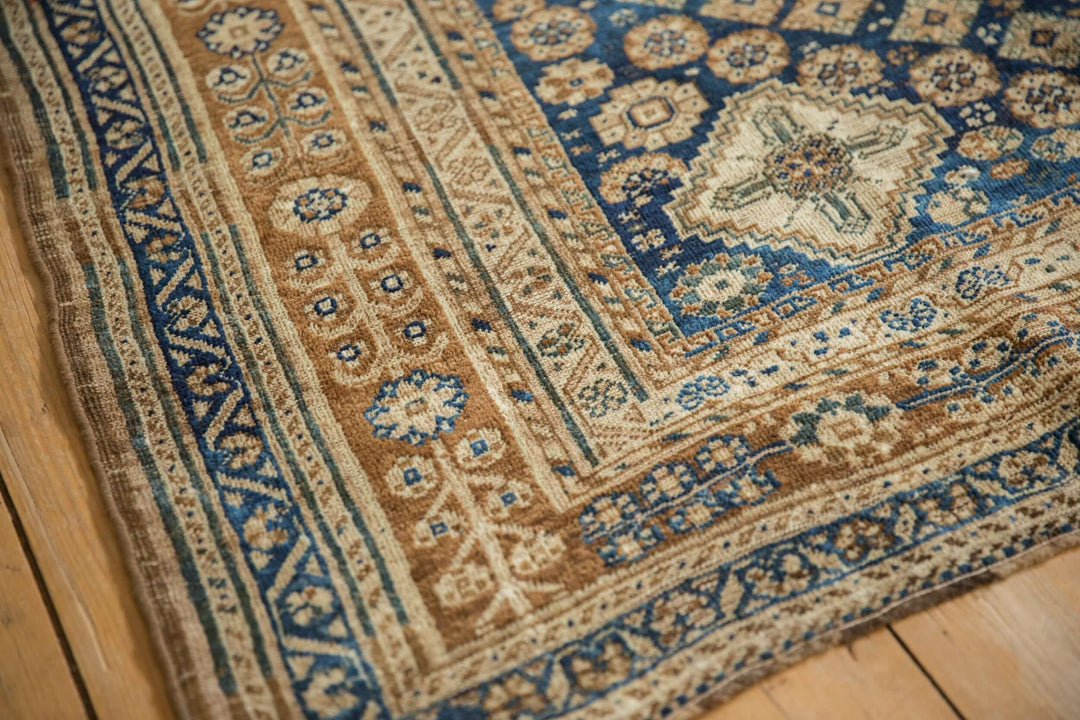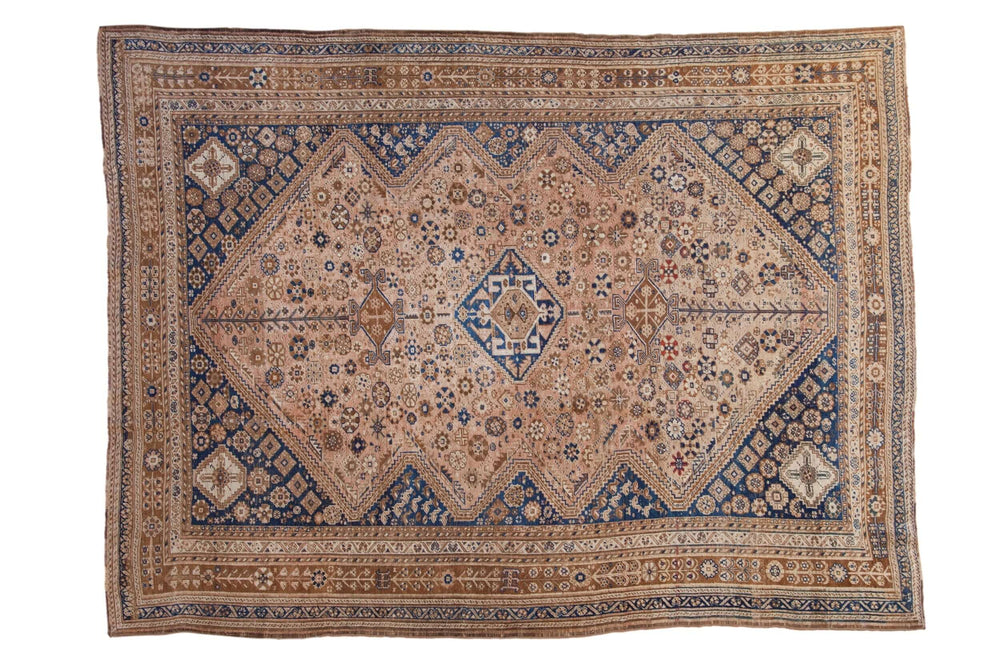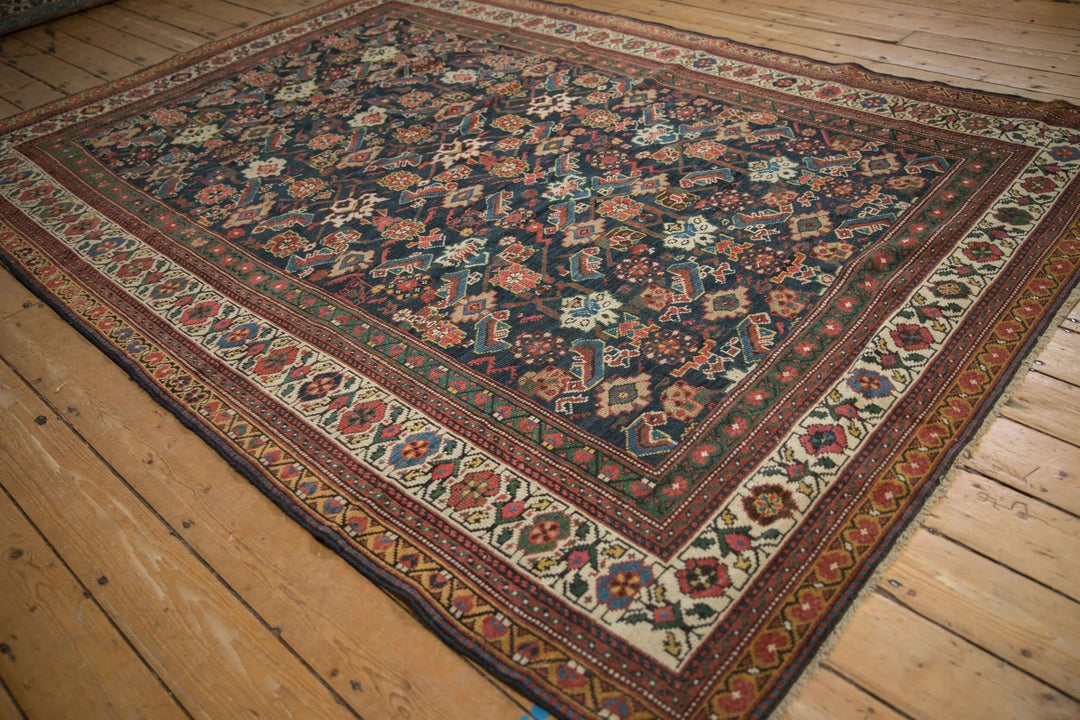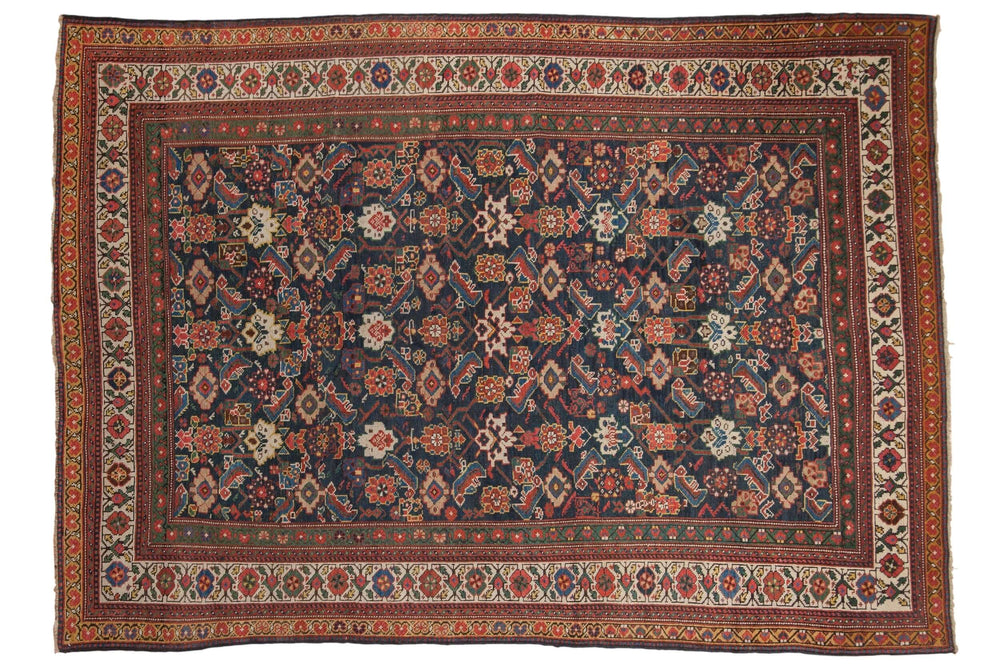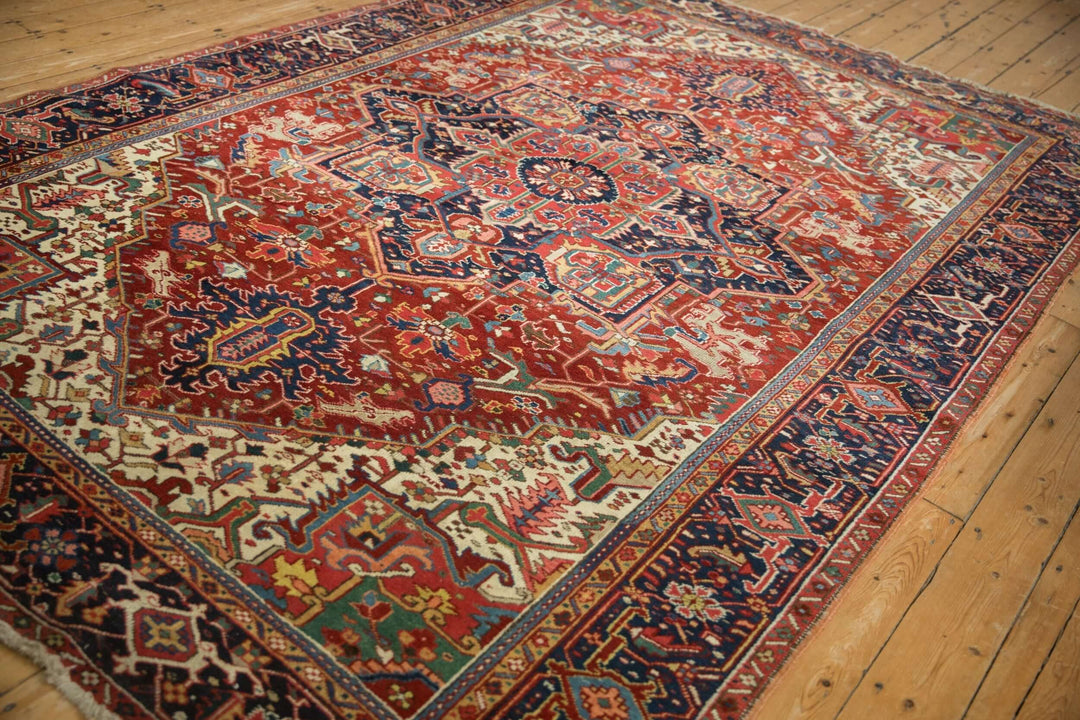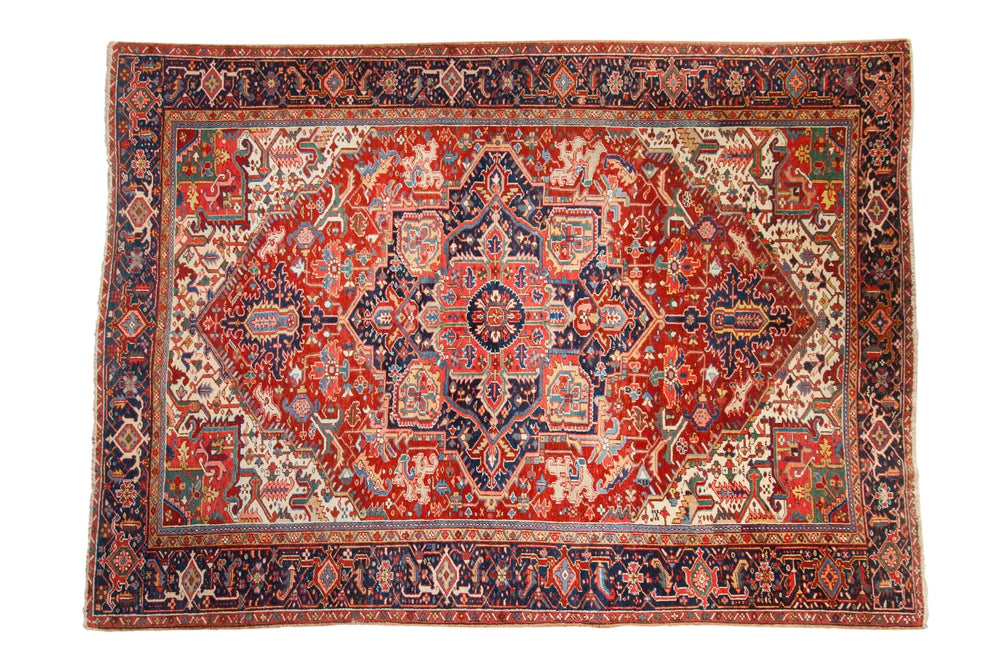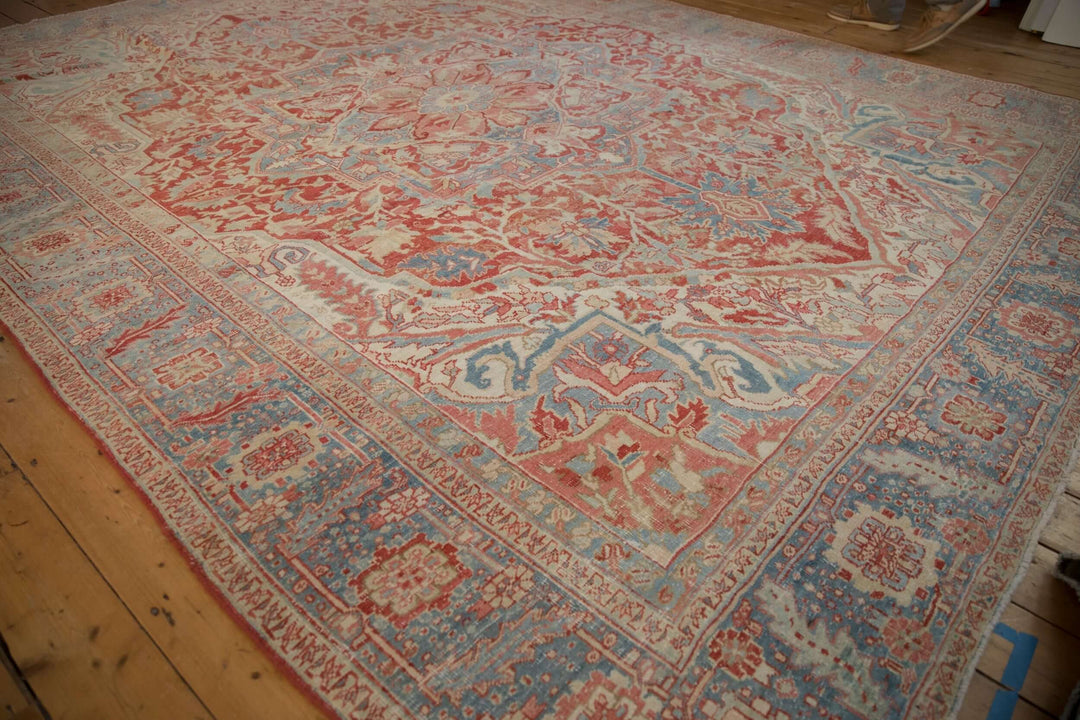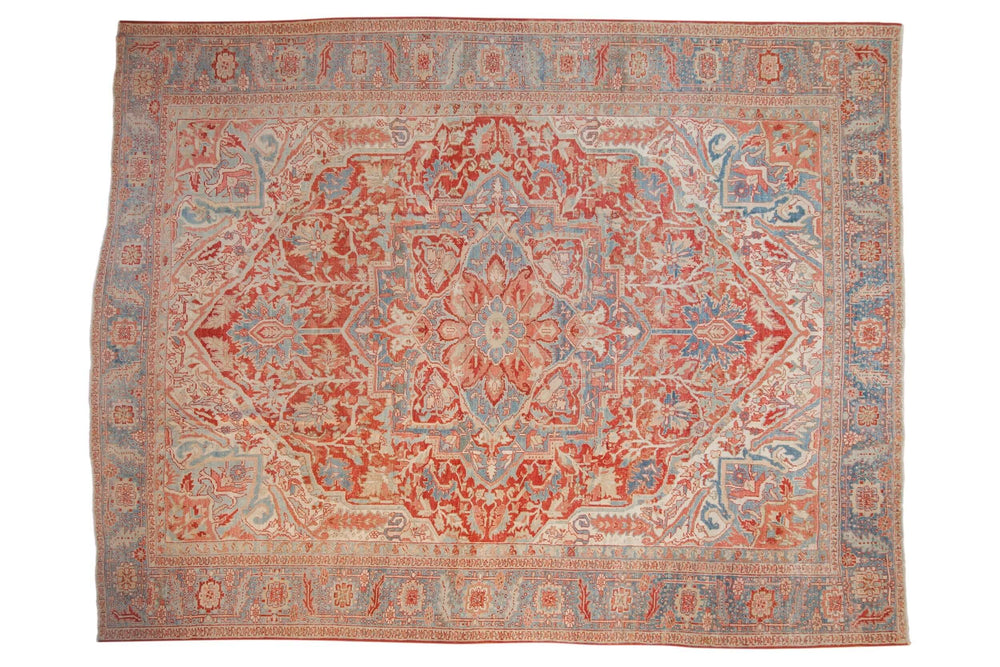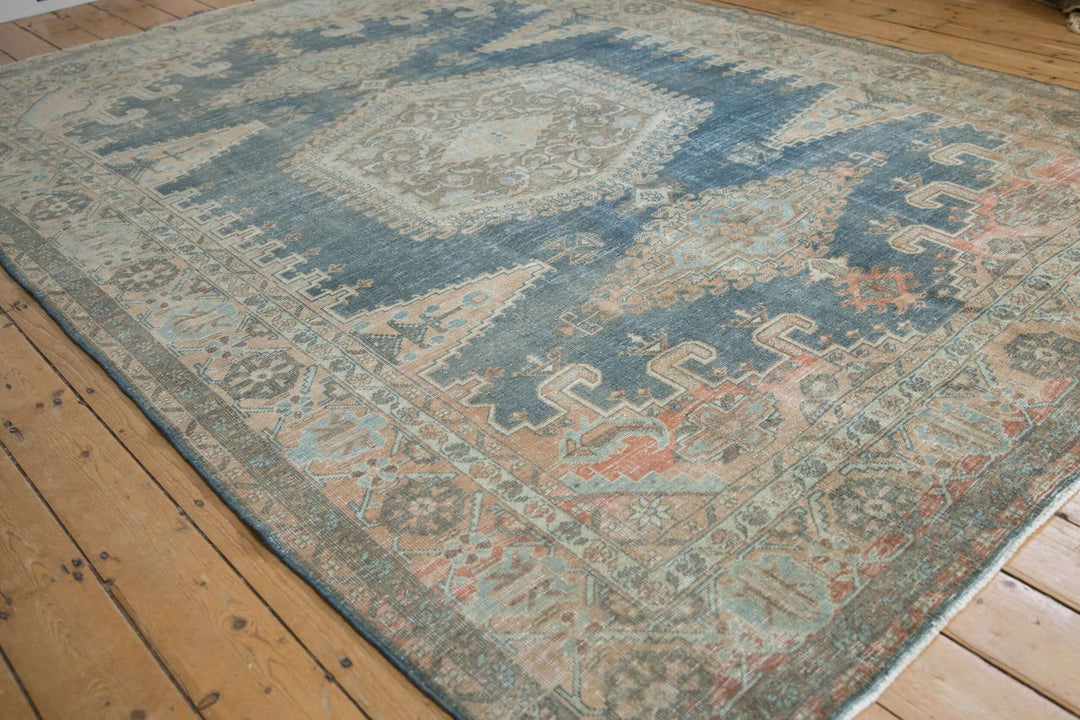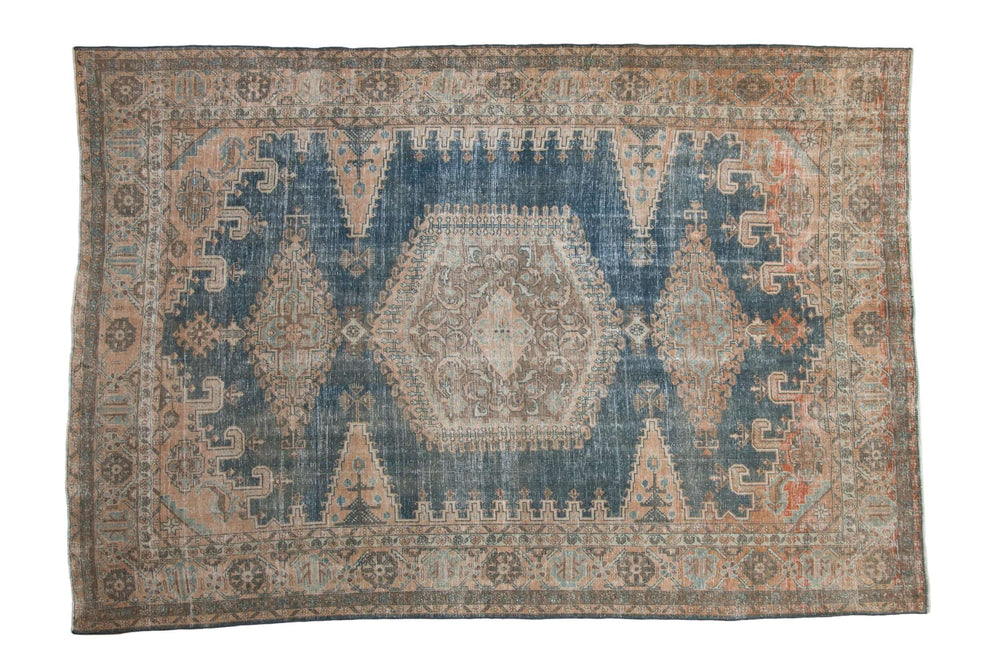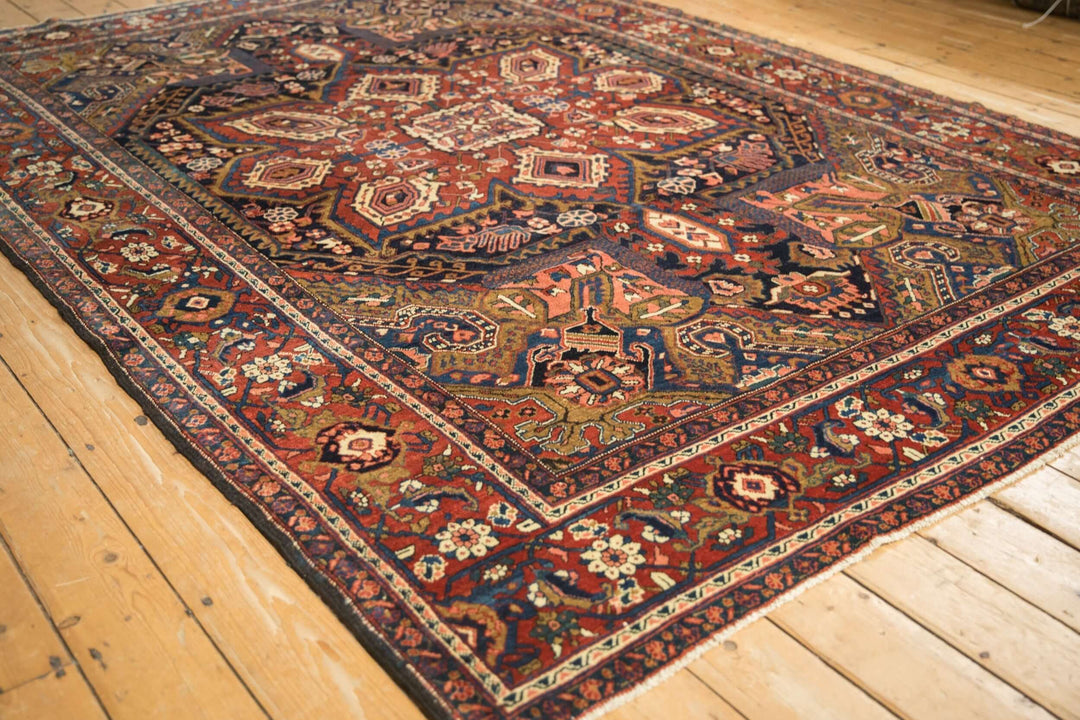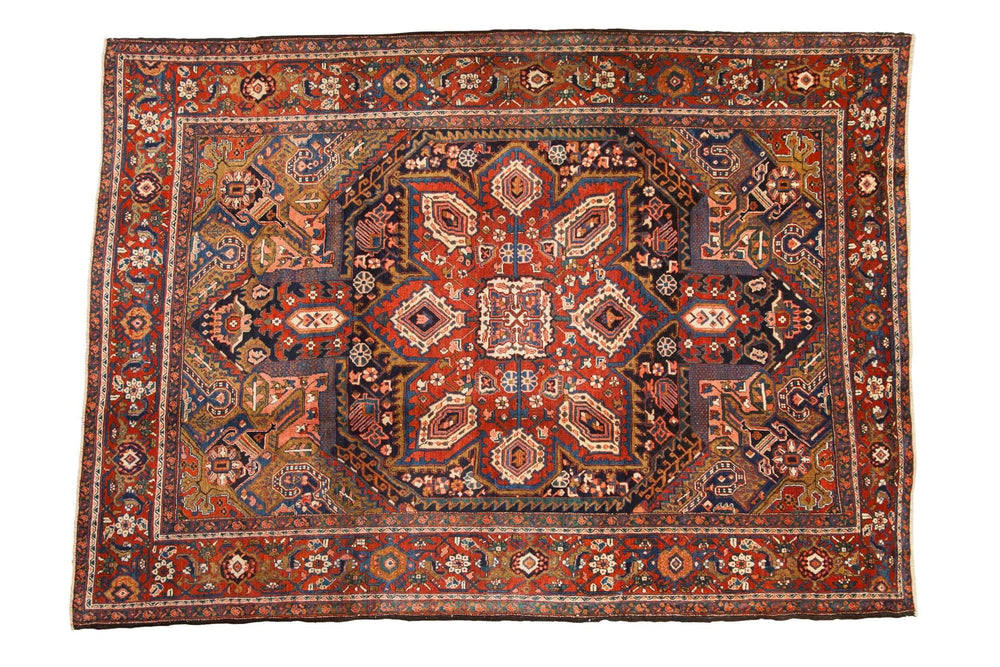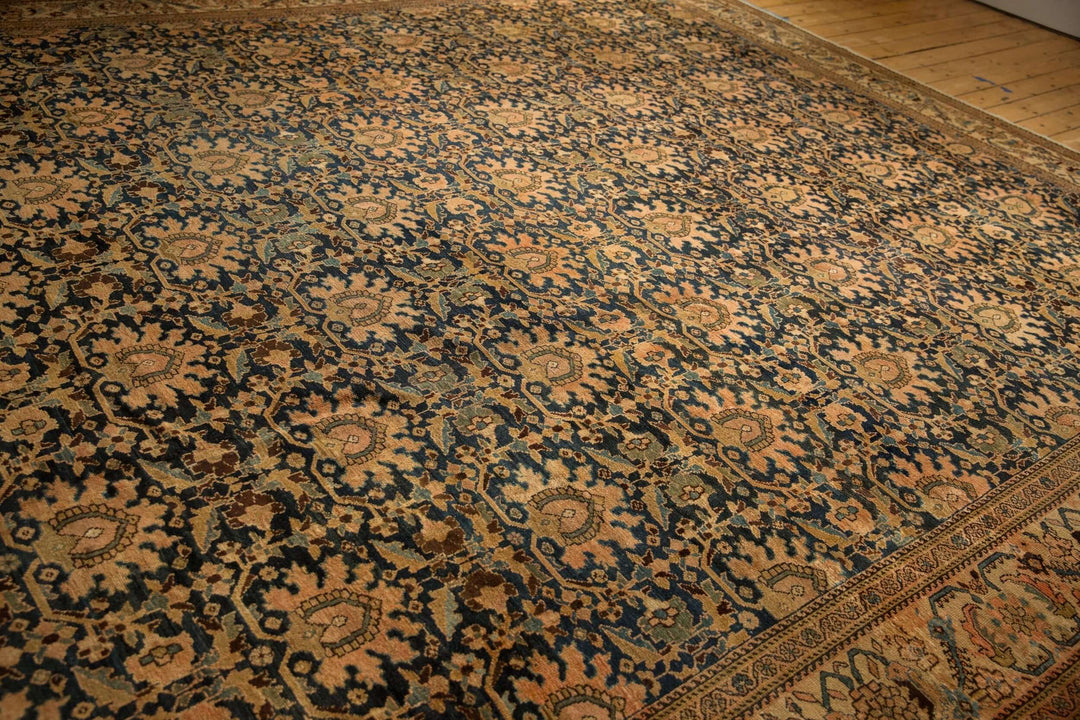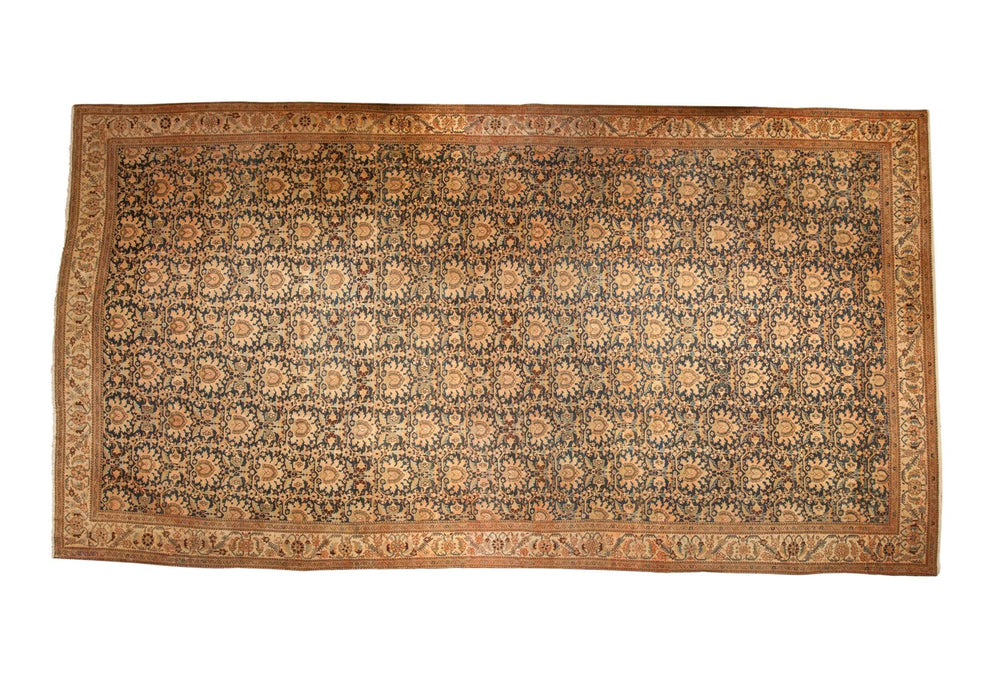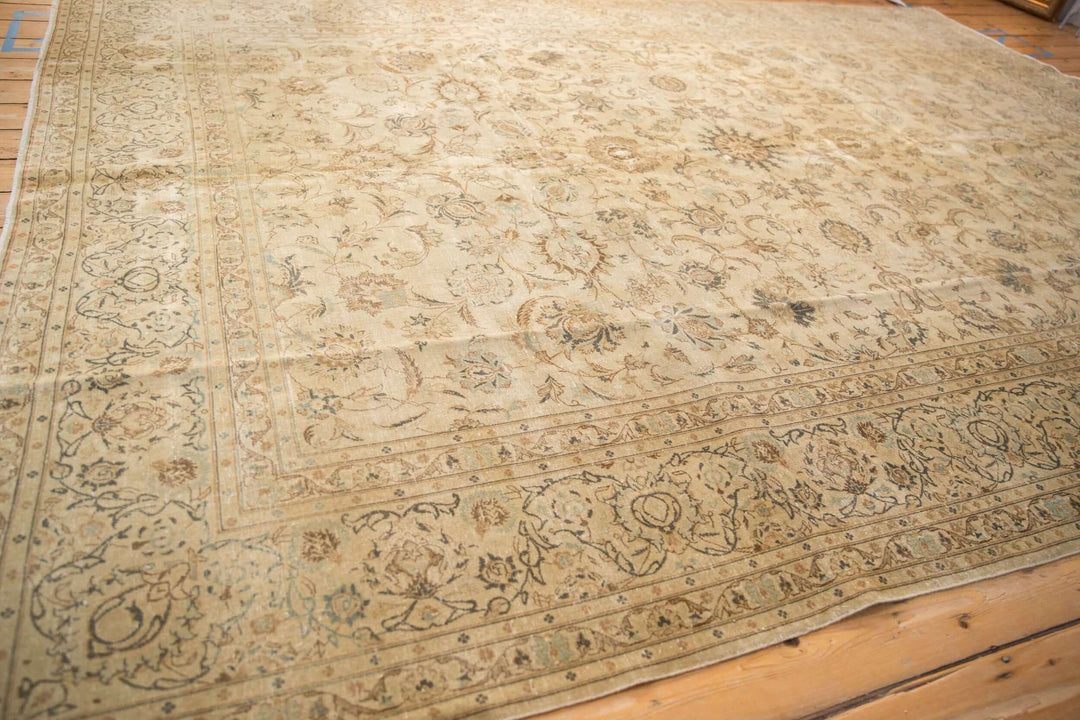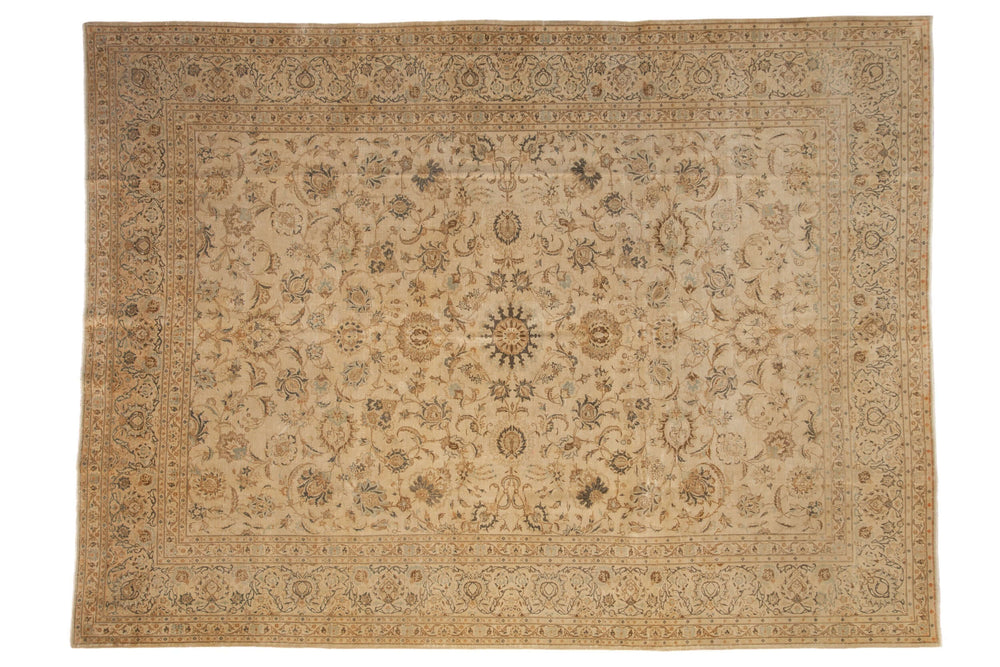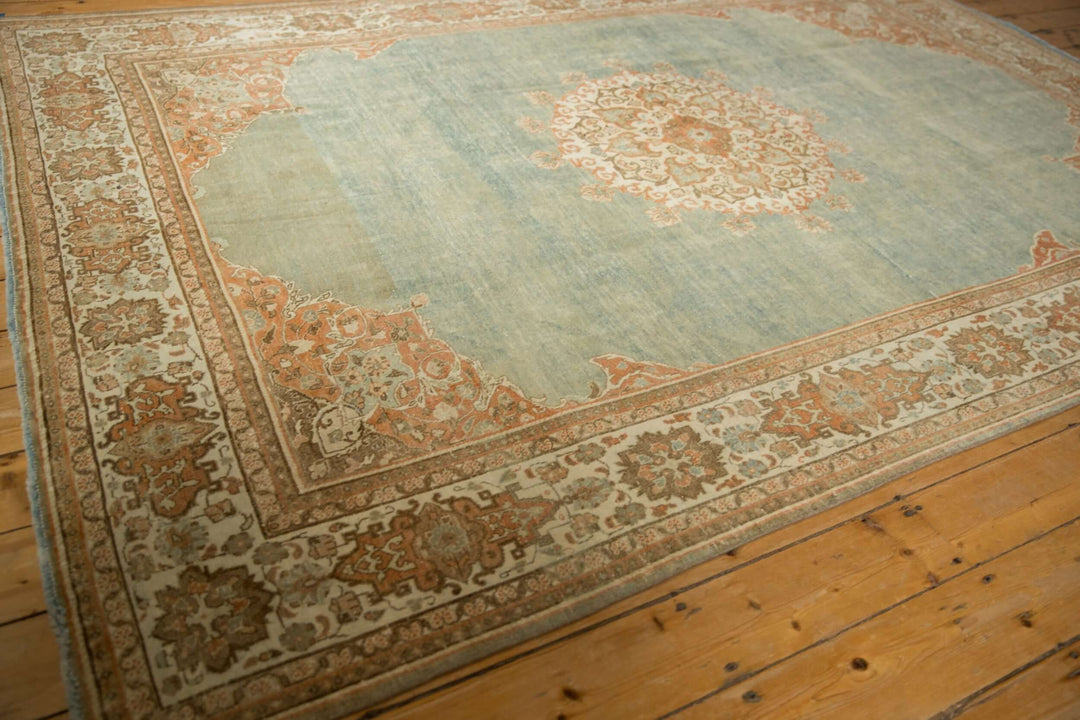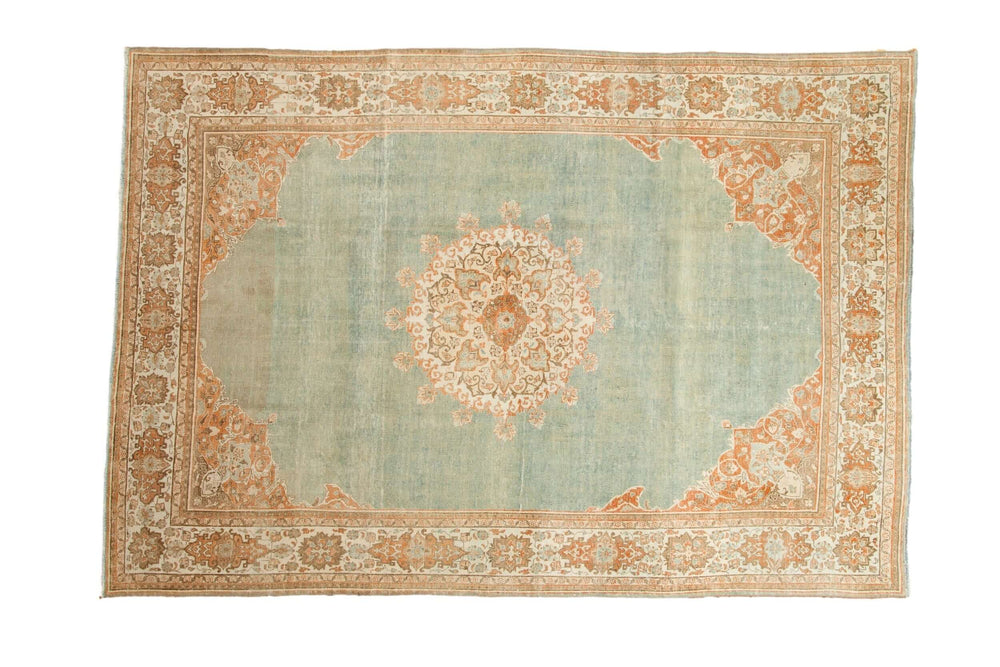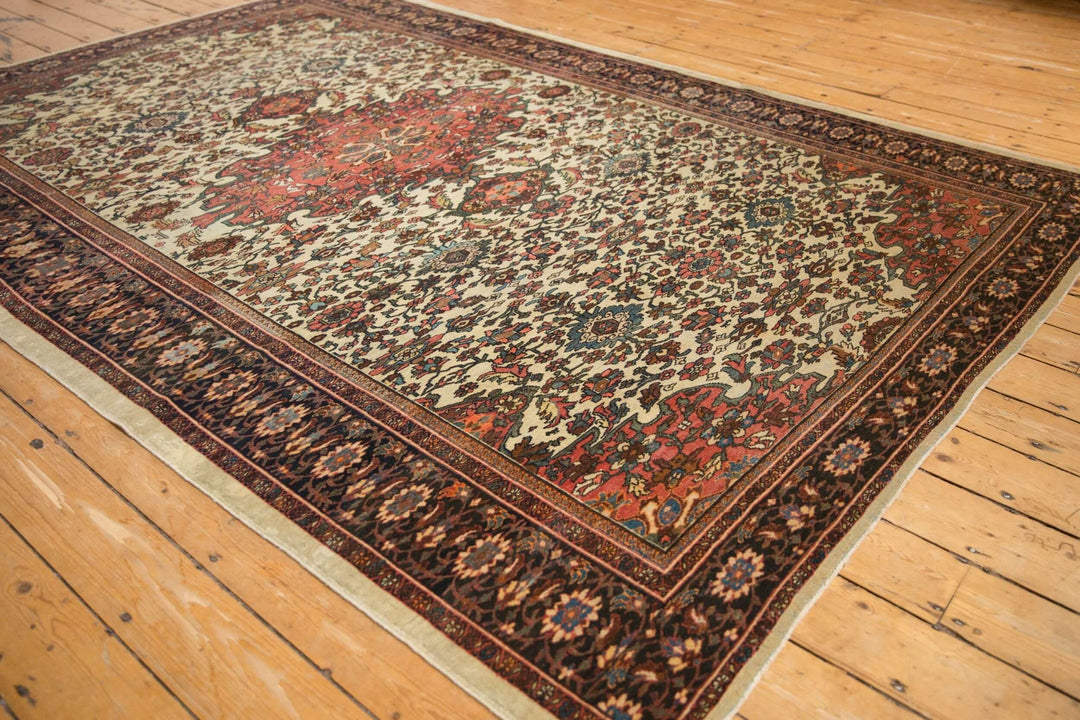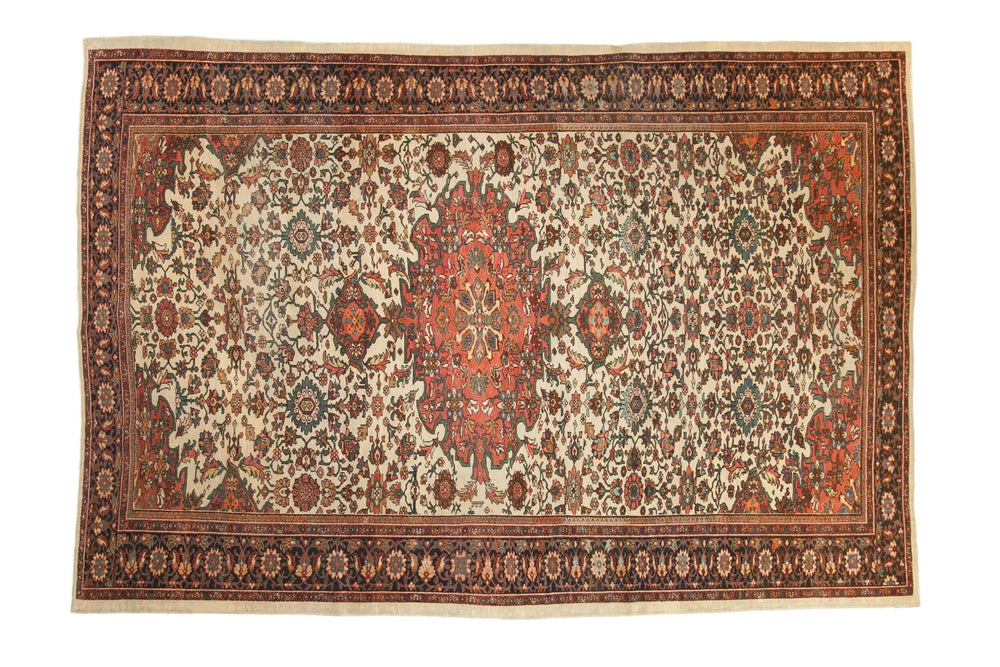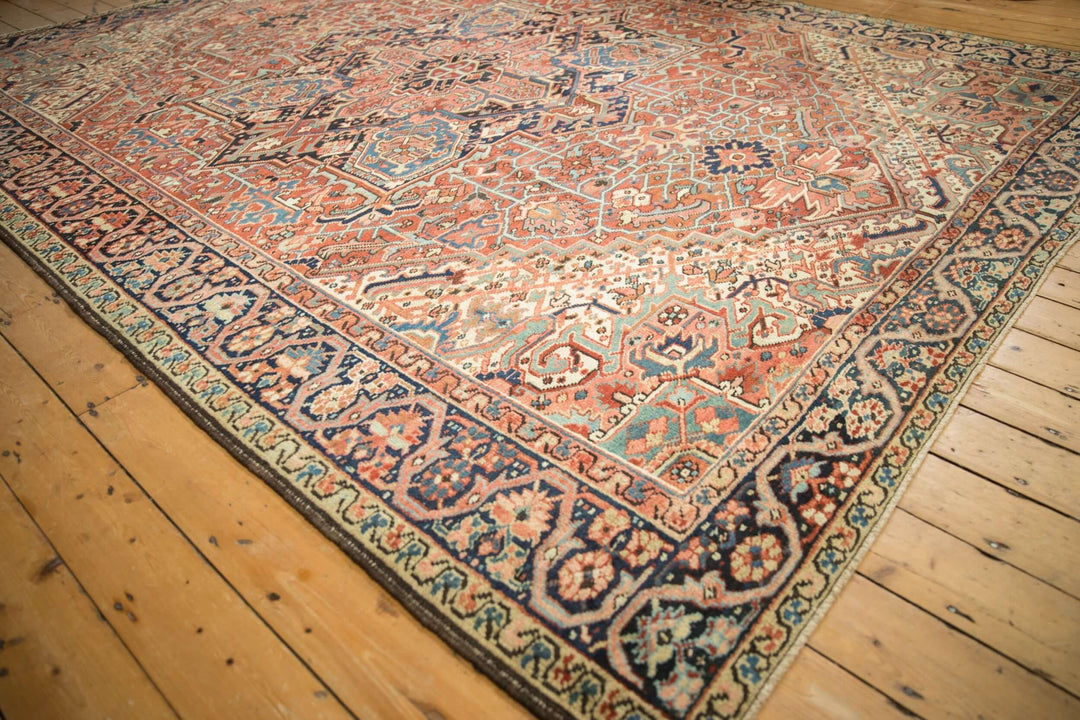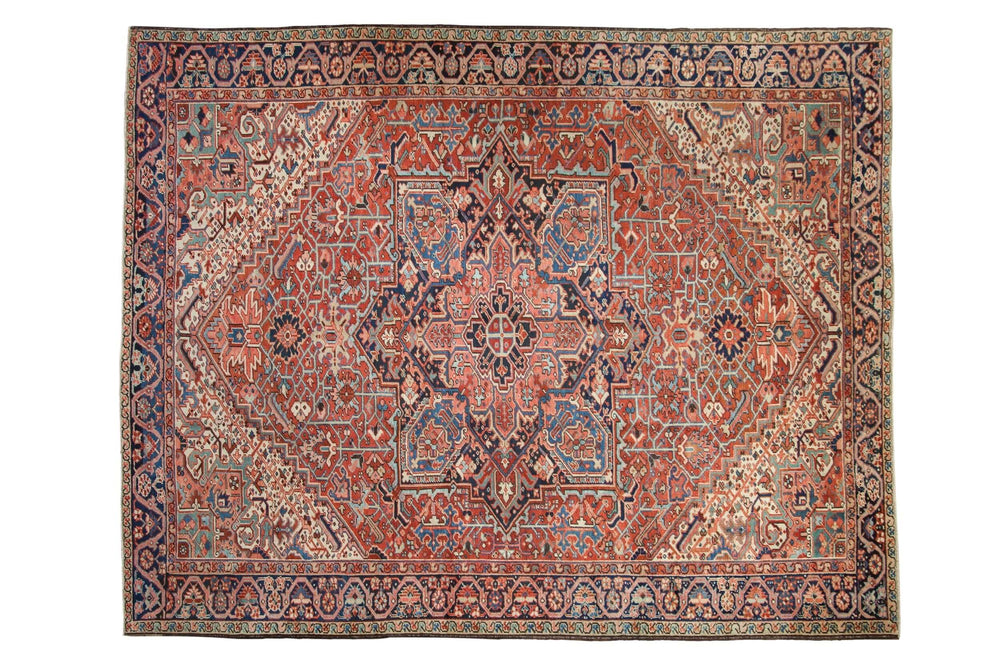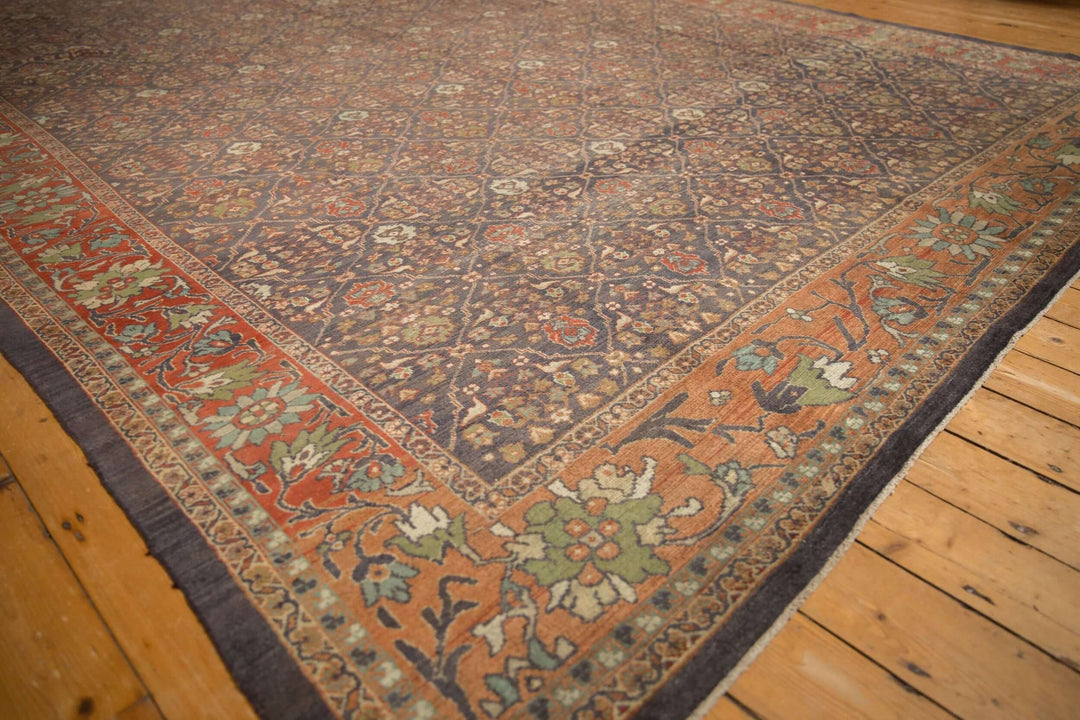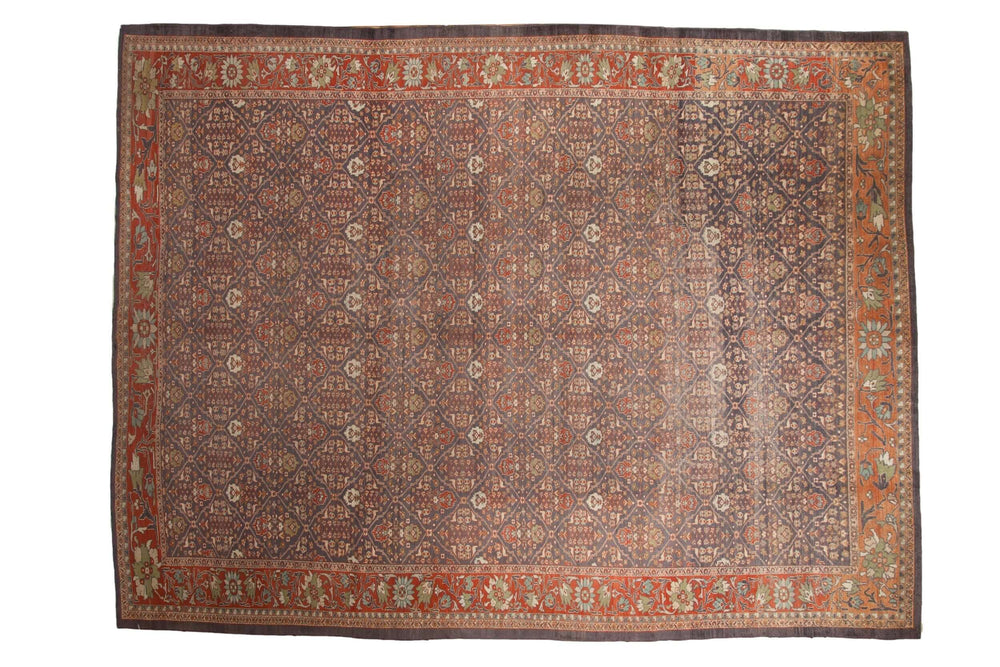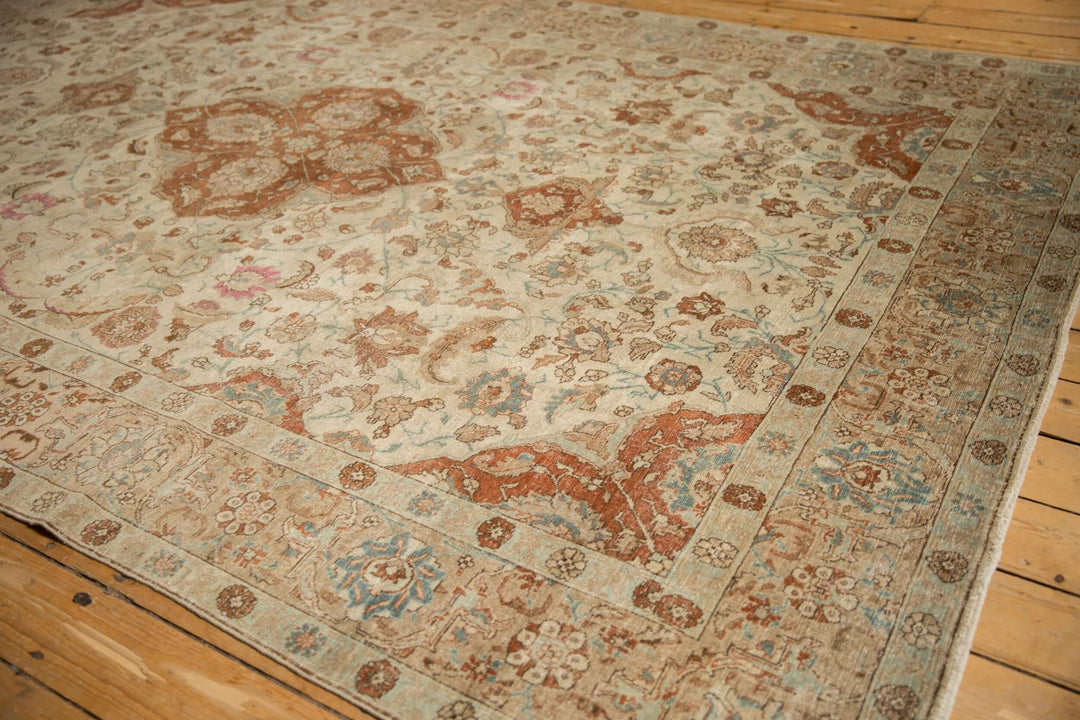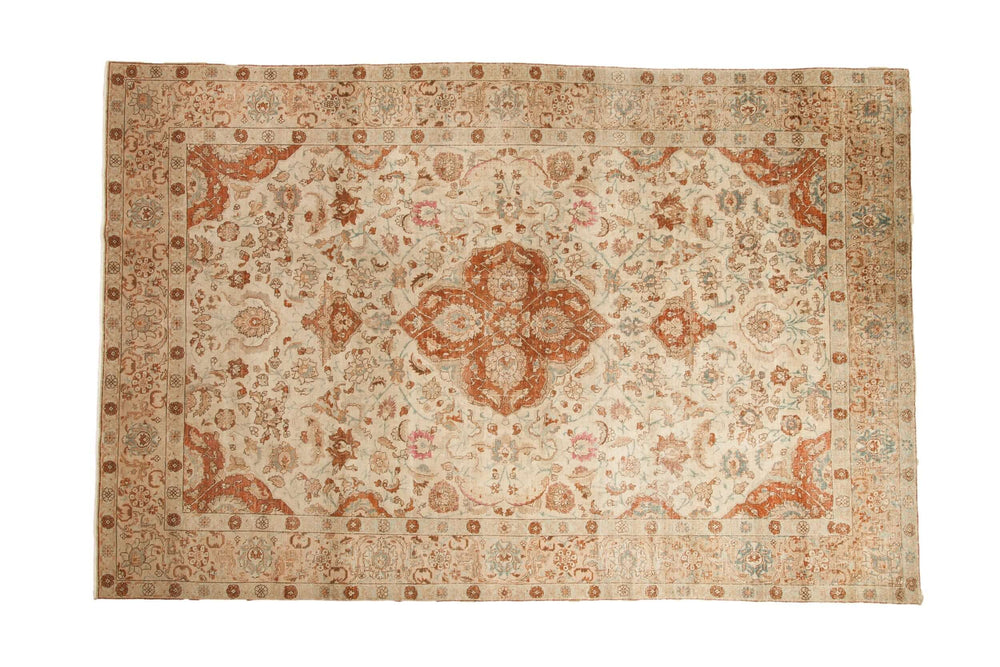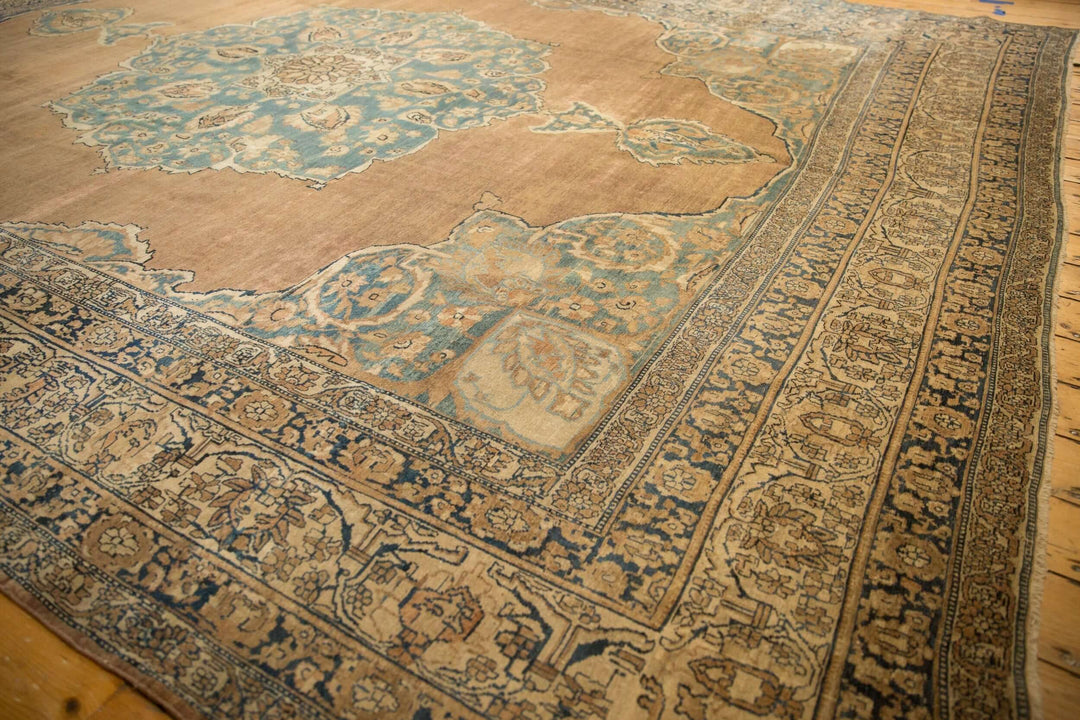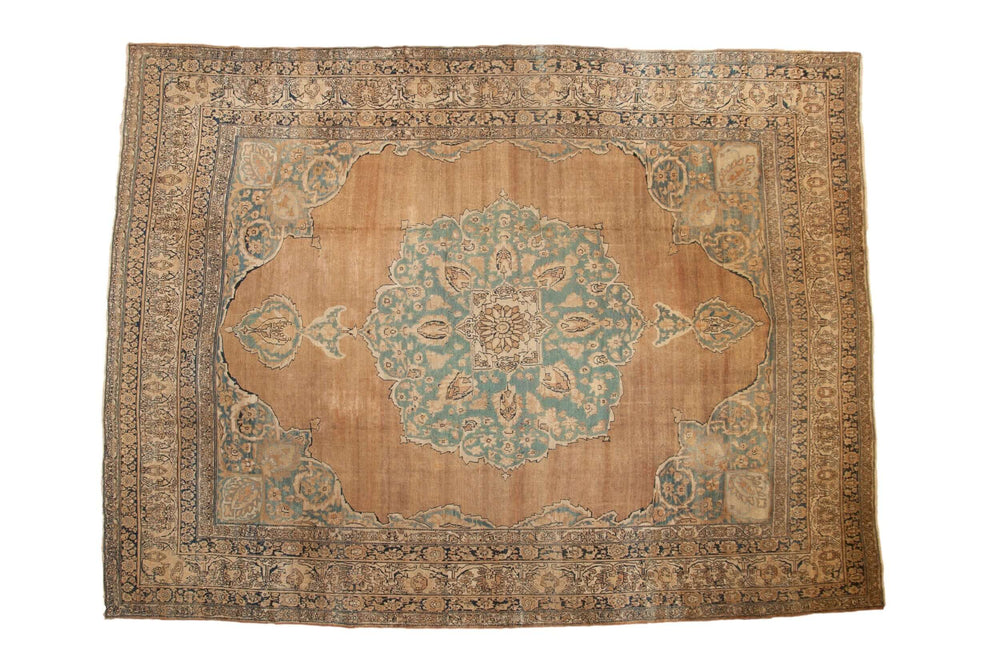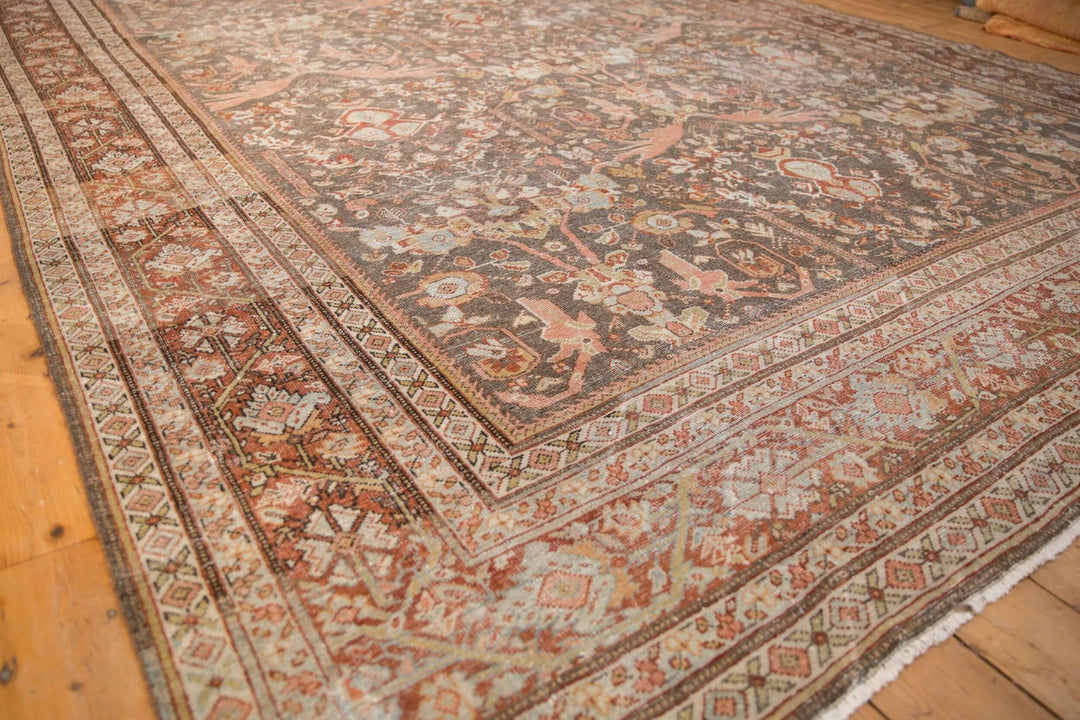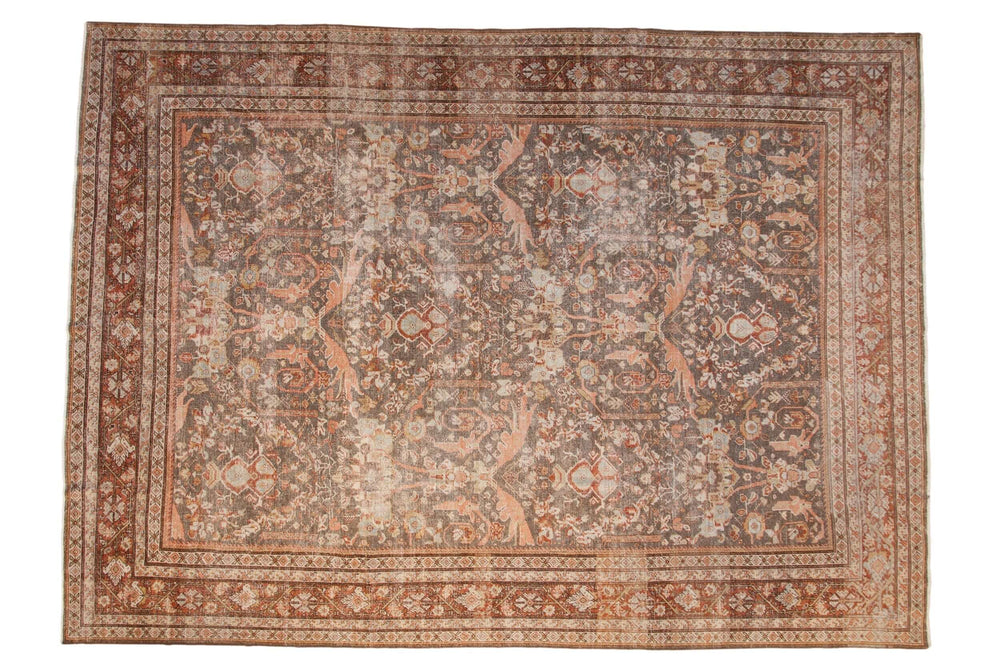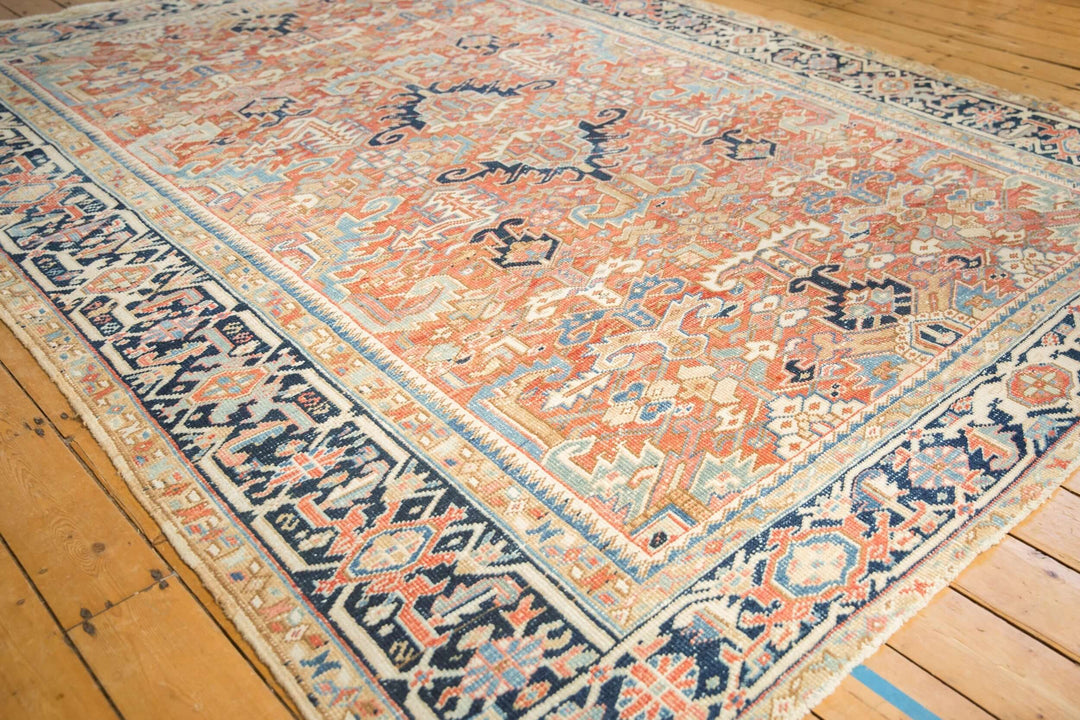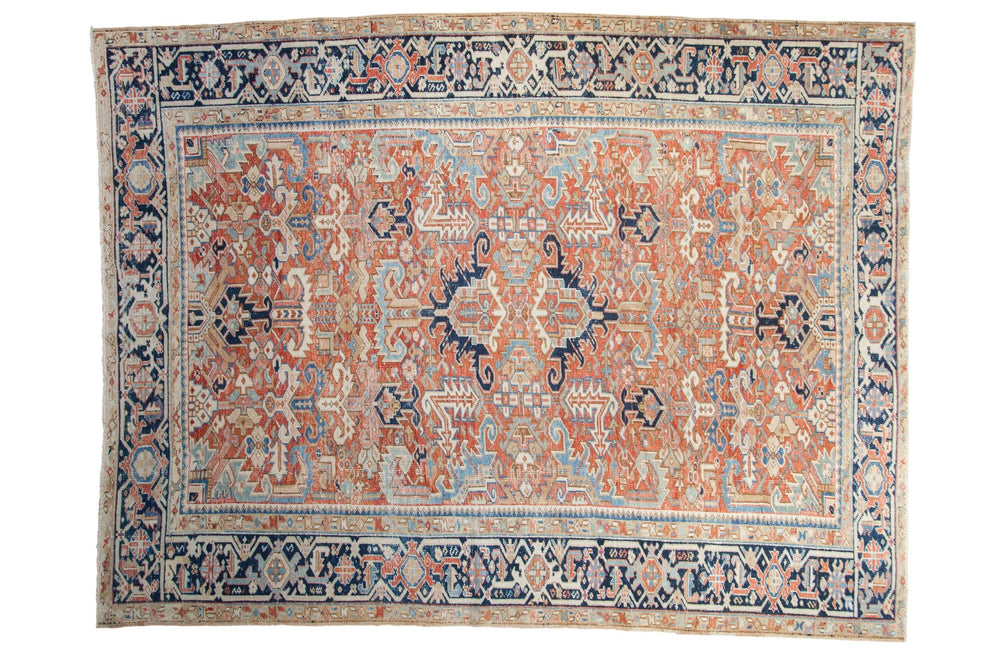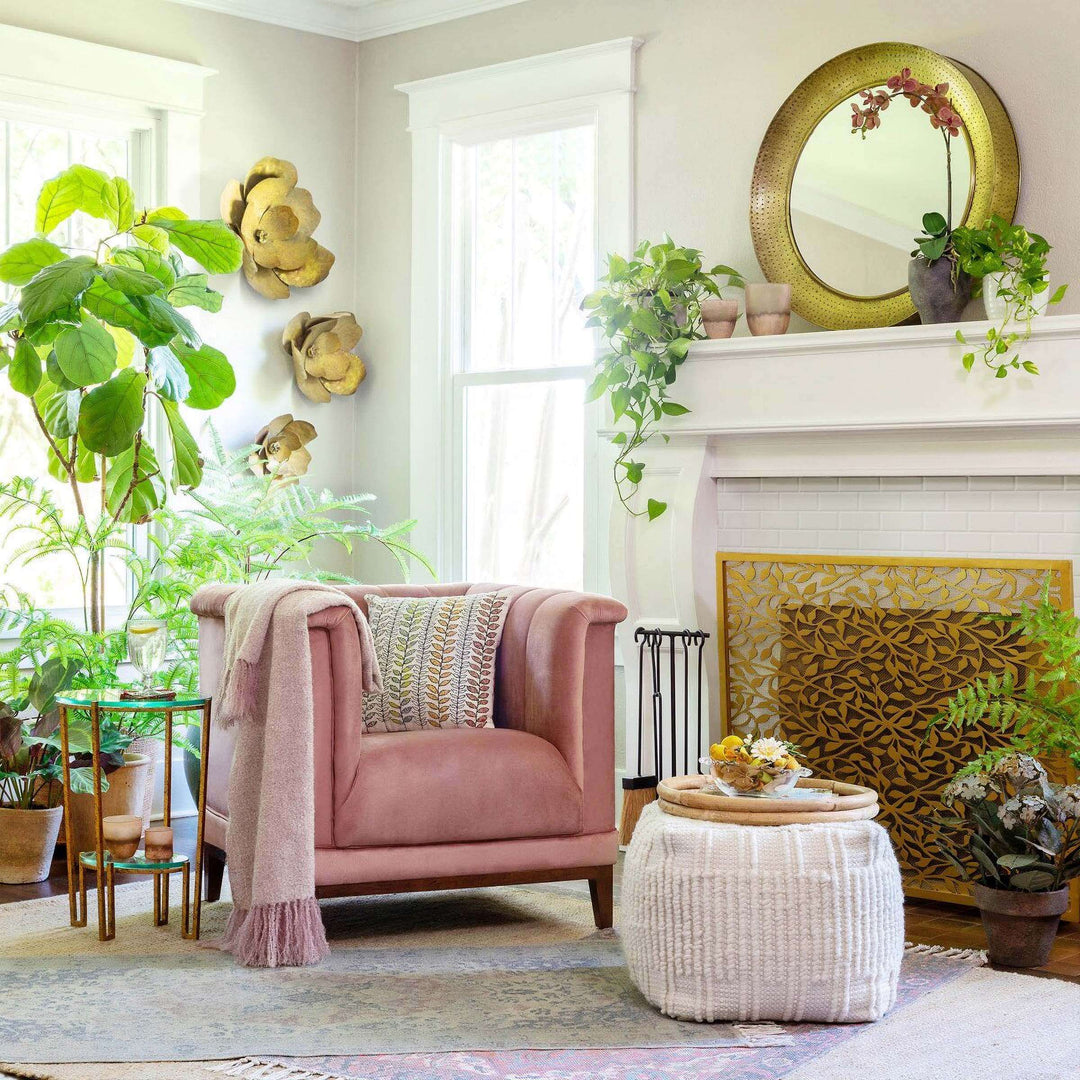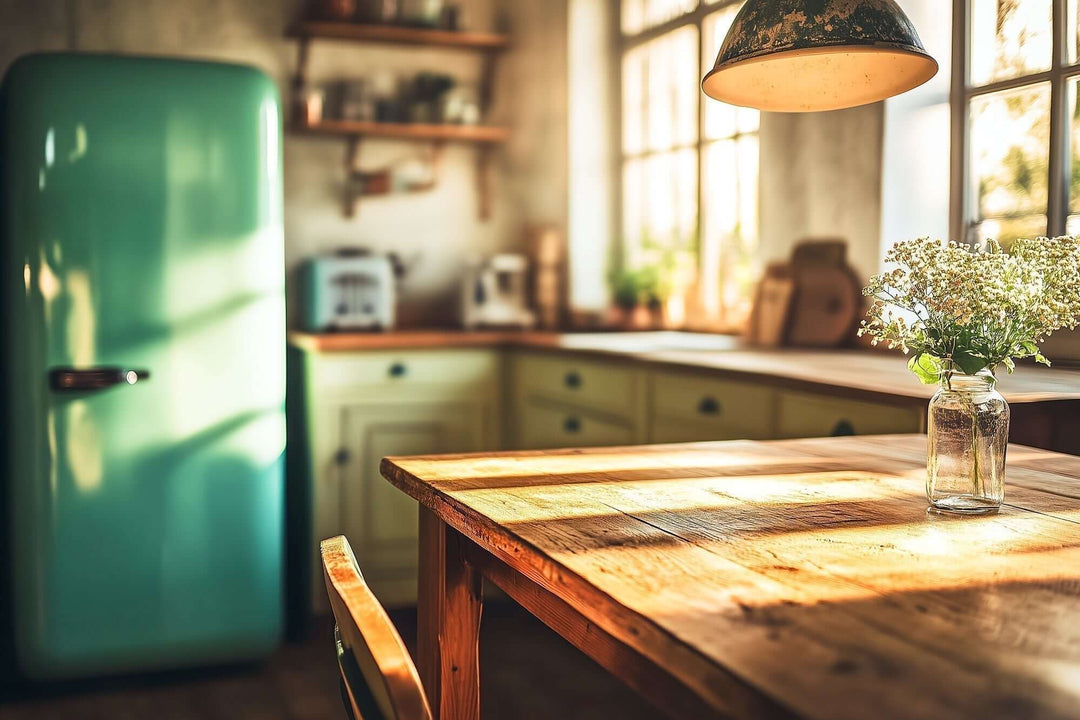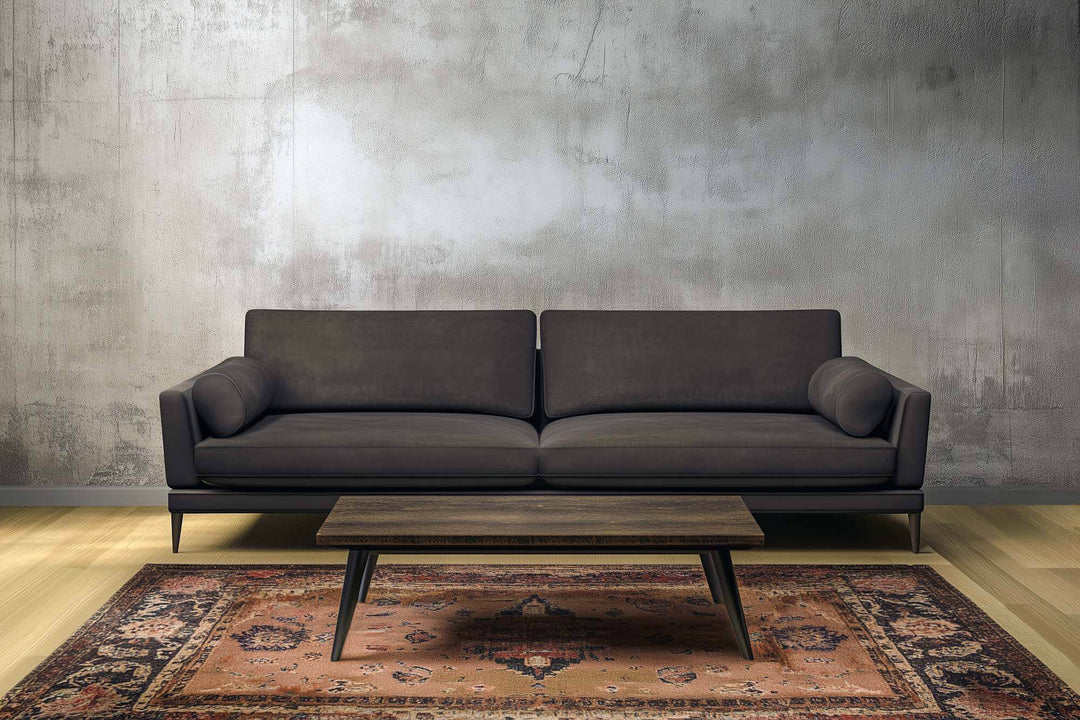
Antique & Vintage Rugs
Vintage & Antique Rugs – Handwoven Heirloom Carpets from Around the World
No other design element transforms a room quite like a handmade rug. These timeless textiles bring warmth, depth, and character to any space, grounding it in craftsmanship and history. Each one is the result of months — often years — of careful work. Every knot is tied by hand, every color created from natural dyes, and every pattern reflects the traditions of the culture that made it.
Vintage and antique rugs possess a quality new rugs rarely achieve — a perfect balance between beauty and history. Over time, their colors soften, the wool takes on a subtle sheen, and their patterns settle into effortless harmony. The small irregularities in design or tone aren’t flaws; they’re what make each rug unique. These slight variations tell the story of the weaver’s hand and the generations who’ve lived with the piece before you.
Well-made rugs were built to last. When cared for properly, they often outlive their first owners and continue to bring character to new homes for decades. A vintage or antique rug doesn’t just decorate a space; it anchors it. It introduces texture, heritage, and a sense of continuity that connects contemporary living with centuries of artistry.
At Vintage Shopper, every rug in our collection is hand-selected for authenticity, condition, and craftsmanship. We source genuine handwoven pieces from Persia, Turkey, Morocco, the Caucasus, Central Asia, India, and beyond — each chosen for its quality materials, integrity of design, and the timeless appeal that only comes with age. These are heirloom rugs created to be lived with, loved, and passed on.
Understanding Age, Terminology, and Craft
Buying a handmade rug can feel overwhelming, but once you understand a few key terms and concepts, the process becomes far more rewarding.
Vintage vs. Antique
In the world of rugs, vintage refers to pieces between 20 and 99 years old, while antique rugs are at least 100 years old. Both are prized for their craftsmanship and the patina that develops naturally with time. Antiques tend to be rarer, more collectible, and often more valuable due to their age, condition, and historical importance.
Hand-Knotted Construction
The hallmark of a high-quality rug is that it’s hand-knotted. Each knot is tied individually around the vertical warp threads stretched on a loom, with horizontal wefts securing each row in place. This process is incredibly detailed and time-consuming — a single large rug can take months or even years to complete.
To identify a hand-knotted rug, look at the back: you’ll see the same pattern mirrored clearly, with each knot slightly irregular, confirming that it was made by hand. Machine-made rugs, on the other hand, have perfectly uniform backings that lack texture and depth. While they may mimic traditional designs, they don’t carry the warmth or longevity of a truly handwoven piece.
Flatweaves and Kilims
Not every handmade rug has pile. Flatwoven rugs — including kilims, soumak weaves, and dhurries — are crafted by interlacing colored weft threads through the warp. They’re thinner, reversible, and often more casual than pile rugs. Because of their durability and low profile, flatweaves are ideal for kitchens, hallways, and high-traffic areas.
The Meaning of “Oriental Rug”
For much of the 20th century, the term Oriental rug was used as a catch-all for handmade rugs produced from North Africa to India. Today, most professionals refer to rugs by their specific region of origin — Persian (Iranian), Turkish, Moroccan, Caucasian, Central Asian, or Indian. Each area has its own techniques, patterns, and palette, reflecting local history and materials.
How Experts Determine Age and Origin
Professionals identify a rug’s age and origin by studying its structure, dyes, and design details:
-
Dyes: Natural vegetable dyes, made from plants and minerals, fade softly and develop rich depth. Early synthetic dyes from the late 1800s can shift toward pink or orange tones.
-
Foundation fibers: Cotton warps typically indicate city or workshop production, while wool foundations are characteristic of tribal or village weaving.
-
Design and symmetry: Curved, intricate motifs are often associated with urban looms, while geometric, freehand designs point to nomadic or tribal craftsmanship.
-
Wear and patina: Even fading and a soft, natural sheen are signs of authentic age and quality materials.
Subtle imperfections and signs of use aren’t flaws — they’re proof of authenticity and add to the rug’s charm.
Why Authenticity Matters
Authentic handwoven rugs are as sustainable as they are beautiful. Made from renewable fibers such as wool, cotton, and silk, and dyed with natural pigments, they’re built to last generations. A well-made hand-knotted rug will age gracefully rather than wear out quickly. By choosing vintage or antique pieces, you’re supporting traditional craftsmanship and keeping cultural heritage alive — while investing in décor that has real soul and staying power.
Anatomy of a Handwoven Rug
Understanding how a rug is constructed will help you recognize quality when you see it. While every weaving tradition has its own variations, most handmade rugs share the same basic structure.
Warp and Weft
The warp threads run vertically on the loom and form the rug’s backbone. The weft threads are woven horizontally between the warps to hold each row of knots in place. Together, they create the rug’s foundation, which provides both structure and flexibility.
Knots and Pile
In pile rugs, small tufts of dyed wool or silk are tied around pairs of warp threads to form knots. The cut ends of these knots become the pile — the soft surface of the rug. The number of knots per square inch determines the level of detail that can be achieved. Fine Persian city rugs may feature hundreds of knots per square inch, while tribal rugs use larger knots for bolder, more geometric patterns.
The two most common knot types are:
-
Persian (Senneh) Knot: Asymmetrical, allowing for curved, flowing motifs.
-
Turkish (Ghiordes) Knot: Symmetrical and durable, best suited to angular, graphic designs.
Both are equally strong and beautiful; each reflects regional weaving traditions.
Materials
-
Wool: The primary material for most handmade rugs, valued for its softness, resilience, and natural stain resistance.
-
Cotton: Often used for warp and weft threads to provide structure and stability.
-
Silk: Used for fine workshop pieces, known for its luster and ability to show intricate detail.
Each material interacts differently with dye and light, contributing to a rug’s texture, tone, and character.
Finishing Details
Once weaving is complete, the rug’s edges and ends are carefully finished to prevent fraying. The vertical warp threads are typically tied off into fringes, while the sides — called selvages — are wrapped or bound for reinforcement. Some tribal rugs feature decorative flatweave or braided panels that add both strength and personality.
Color and Texture Variations
Because natural dyes are mixed and applied by hand, small variations in color — known as abrash — appear throughout the rug. These subtle shifts in tone add dimension and vitality, ensuring no two rugs are ever identical. When light hits the pile from different angles, the colors may seem to change, giving the rug a living, dynamic surface.
A genuine handwoven rug isn’t meant to look perfect. Its charm lies in its individuality — the craftsmanship, materials, and history that set it apart from anything made by machine.
Materials & Dyes – The Art of Color
The materials and dyes used in a handmade rug determine not only its look but also how it ages. Understanding these components helps you appreciate why a well-made vintage or antique rug can remain vibrant for generations.
Wool
Wool is the foundation of most hand-knotted rugs. It’s soft, durable, and naturally resilient to dirt and moisture. High-mountain wools, rich in lanolin, develop a low sheen over time that enhances color depth. Wool accepts dye beautifully, allowing hues to mellow rather than fade. It’s this slow, graceful aging that gives older rugs their unmistakable warmth.
Cotton
Cotton is typically used for the warp and weft threads in Persian, Turkish, and Indian rugs. It keeps the rug dimensionally stable, helping it lie flat and maintain crisp geometry. Cotton foundations allow artisans to achieve finer, more detailed patterns.
Silk
Silk is reserved for exceptional workshop rugs. Its reflective surface catches light, giving colors a luminous quality and emphasizing intricate motifs. Because silk is delicate, these rugs are best displayed in quiet, low-traffic spaces or even hung as art.
Vegetable Dyes
Before synthetic chemistry, dyers relied on natural sources to create color:
-
Madder root for red and terracotta.
-
Indigo for blues ranging from sky to navy.
-
Weld and chamomile for golds and yellows.
-
Pomegranate rind and walnut husk for soft browns and olives.
-
Cochineal insects for vibrant crimson.
Natural dyes age gracefully; they oxidize and soften, creating the complex, lived-in palette that collectors prize. Artificial dyes tend to flatten or fade harshly, while vegetable dyes grow more harmonious with time.
Regional Styles – Rug Weaving Traditions Around the World
Each weaving region has its own identity, shaped by geography, materials, and cultural influences. Recognizing these differences helps you select a rug that resonates with your space and your personal aesthetic.
Persian Rugs (Iran)
Persian rugs are considered the gold standard of craftsmanship.
-
City Workshops: Centers like Isfahan, Tabriz, Kashan, and Kerman produce refined pieces with floral arabesques, balanced medallions, and tight knotting. These rugs are elegant, symmetrical, and ideal for formal settings.
-
Village & Tribal Weavings: From Heriz and Hamadan to Bakhtiari and Qashqai, these pieces feature bold geometry, rich saturated colors, and a looser, more spontaneous drawing style. They add personality and depth to relaxed, eclectic interiors.
Whether intricate or graphic, Persian rugs are incredibly versatile. A single piece can elevate a contemporary living room or harmonize a classic dining space.
Turkish Rugs (Anatolia)
Turkey’s weaving tradition spans coastal towns and mountain villages.
-
Oushak Rugs: Known for their soft palettes—golds, apricots, and misty blues—Oushaks feature large-scale floral motifs and open fields. Their understated beauty complements modern and traditional spaces alike.
-
Central Anatolian Rugs: Using the symmetrical Turkish knot, these tribal pieces display hooked diamonds and strong reds and indigos, offering rustic energy and texture.
Turkish wool has a distinctive silky hand, and the natural dyes used in Anatolia fade to gentle, elegant tones that feel timeless.
Moroccan Rugs
Moroccan weavers rely on instinct rather than formal pattern books.
-
Beni Ourain: Cream wool backgrounds crossed with simple brown or black lines—an iconic minimalist look that suits Scandinavian or contemporary interiors.
-
Azilal & Boucherouite: Expressive, colorful designs made from wool or recycled textiles. Each is one-of-a-kind, bringing artistic playfulness to a room.
Their thick, tactile piles and organic patterns create instant comfort and warmth.
Caucasian Rugs
From the mountain regions between the Black and Caspian Seas come rugs full of vitality.
-
Kazak, Shirvan, and Karabagh: Characterized by bold reds and blues, geometric stars, crosses, and tribal emblems.
Their strong lines and symmetry make them perfect for adding graphic focus to modern or transitional interiors.
Central Asian Rugs
Nomadic artisans in Turkmenistan and Afghanistan are known for deeply colored, intricately structured textiles.
-
Turkmen Rugs: Deep red fields filled with repeating gul medallions, each symbolizing a tribal lineage.
-
Afghan Rugs: Dense wool, earthy tones, and disciplined geometry—rugged yet refined.
These rugs bring quiet sophistication and substance to studies or dens.
Indian Rugs
Indian weavers combine Mughal opulence with Persian symmetry.
-
Agra and Amritsar: Plush wool, floral latticework, and warm coral or gold hues.
-
Contemporary Indian Rugs: Maintain traditional methods but refresh the color palette for modern homes.
Their soft textures and gentle patterning complement layered, elegant interiors.
Other Weaving Regions
-
Chinese Art Deco Rugs: Produced in the early 20th century, often in jewel tones with lotus, peony, and dragon motifs—perfect for vintage glamour.
-
Tibetan and Nepalese Rugs: Thick, dense wool and minimalist designs that work beautifully in serene, modern spaces.
-
Bessarabian & Romanian Kilims: Flatwoven florals on dark grounds; excellent as floor coverings or wall hangings.
Motifs and Meanings
The motifs found in vintage and antique rugs are more than decorative—they’re symbolic expressions of history, belief, and daily life. Recognizing these designs helps you understand both the artistry and the storytelling woven into each piece.
-
Medallion: Represents unity, balance, and completeness. The central motif acts as a focal point, grounding a room in symmetry.
-
Herati: A delicate floral pattern framed within diamonds, symbolizing abundance and the flow of water—common in Persian workshop rugs.
-
Boteh (Paisley): A teardrop or seed form representing life and rebirth. Over centuries, this evolved into the familiar paisley motif.
-
Tree of Life: Found across Persian and Indian designs, it symbolizes connection between heaven and earth, life and eternity.
-
Gul: A repeating octagonal emblem in Turkmen rugs, denoting tribal heritage and identity.
-
Stars, Crosses, and Amulets: Seen in Caucasian and Anatolian weavings, believed to ward off misfortune and bring protection.
Understanding these patterns adds depth to your selection process. It transforms the rug from an accessory into a conversation piece—something that reflects the continuity of human creativity.
Choosing the Right Size and Shape
Selecting the correct rug size is as important as choosing the right design. A well-scaled rug frames a space, grounds furniture, and enhances flow throughout the room.
-
Mini Rugs (under 2' × 3') – Ideal as accent pieces beside beds, under plants, or even framed as wall décor.
-
Runners (2' × 4' to 5' × 20'+) – Perfect for hallways, kitchens, or narrow entryways. Their linear shape emphasizes movement and guides the eye.
-
Small Rugs (around 3' × 5') – Great for compact spaces like reading nooks, bathrooms, or layered over larger neutral rugs.
-
Area Rugs (4' × 6' to 5' × 7') – Work beautifully beneath coffee tables or in small seating areas.
-
Room and Large Rugs (6' × 8' to 9' × 12') – Ideal for living and dining rooms; large enough to anchor furniture groupings cohesively.
-
Oversized Rugs (over 9.5' × 13') – Statement pieces for open-plan homes or grand spaces.
Design Tip: Leave at least 8–18 inches of exposed floor around the rug’s perimeter to create visual balance. In dining areas, ensure the rug extends far enough for chairs to remain fully on it when pulled out—this prevents wobble and protects floors.
The right size rug defines zones within an open layout and helps each area feel intentional and complete.
Buying Guide – How to Choose a Vintage or Antique Rug
A handmade rug should suit your lifestyle as much as your aesthetic. Keep these practical guidelines in mind:
-
Start with Function. Think about where the rug will live and how much traffic it will endure. Wool rugs are durable for busy areas; silk and antique pieces belong in quieter rooms.
-
Match Style to Setting. Curved, floral Persian designs bring formality; geometric tribal patterns introduce relaxed character and texture.
-
Consider Color and Light. Soft, neutral tones create calm; saturated colors make a statement. Always view the rug in natural light if possible.
-
Balance Pattern and Scale. Large-scale designs suit open rooms; smaller motifs stabilize compact areas.
-
Trust Your Instincts. Buy what genuinely resonates with you. Handmade rugs are individual works of art—choose one that feels right, not just one that matches.
An authentic vintage or antique rug adds an instant sense of personality. When chosen thoughtfully, it becomes the visual and emotional foundation of the room.
Caring for Vintage and Antique Rugs
Proper care ensures your rug retains its beauty and integrity for decades. These textiles were made to last, but a few simple habits make all the difference.
-
Vacuum Regularly: Use gentle suction without a rotating brush to remove dust and debris.
-
Rotate Seasonally: Turn your rug every few months to balance wear and exposure to sunlight.
-
Handle Spills Promptly: Blot, never rub. Use a clean, dry cloth and cold water if needed.
-
Use a Rug Pad: Prevents slipping, protects the foundation, and reduces friction against the floor.
-
Professional Cleaning: Every few years, have your rug cleaned by a specialist experienced with hand-knotted textiles.
When storing, roll (never fold) the rug with the pile facing inward, wrap in breathable cotton, and keep it in a cool, dry environment away from direct sunlight or dampness. Proper storage prevents creasing and protects natural fibers from moths or mildew.
Investing in a Handwoven Rug
A well-chosen vintage or antique rug is both a decorative statement and a long-term investment. Value is influenced by several factors:
-
Origin: Pieces from renowned centers such as Isfahan, Hereke, or Oushak command premium value.
-
Age and Condition: True antiques in excellent condition are increasingly rare and sought after.
-
Materials and Dyes: Natural fibers and vegetable dyes retain color and texture longer than synthetic alternatives.
-
Craftsmanship: Higher knot counts and balanced composition enhance both beauty and durability.
-
Scale and Rarity: Larger or uncommon designs tend to appreciate over time.
While market trends fluctuate, the greatest return comes from the pleasure of living with something handmade and enduring. A fine rug doesn’t depreciate; it matures. Its value deepens with every generation that enjoys it.
Decorating with Vintage and Antique Rugs
A handwoven rug instantly transforms a room from ordinary to layered and lived-in. Here are a few designer principles to help you style them effectively:
-
Living Rooms: Place the front legs of furniture on the rug to unify the arrangement. Use the rug’s palette to inform pillows or drapery accents.
-
Dining Rooms: Choose a size that accommodates pulled-out chairs to avoid uneven wear. Patterns with small repeats disguise crumbs and traffic.
-
Bedrooms: Opt for softer tones and wool piles for comfort underfoot. A large rug under the bed or twin runners on each side creates symmetry and coziness.
-
Kitchens & Hallways: Flatweaves and runners offer warmth and color in high-traffic spaces while remaining easy to maintain.
-
Mixing Eras: A tribal rug under a modern sofa or a Persian piece beside contemporary art creates effortless sophistication. Layering old and new tells a richer story.
The key is balance—let the rug ground the space without overwhelming it. Its texture and patina will add quiet confidence to everything around it.
Why Choose Vintage Shopper
Every rug in our collection is carefully evaluated for authenticity, craftsmanship, and condition. Detailed photography captures true color and texture, while comprehensive descriptions explain origin, material, and care.
Bringing It All Together
A vintage or antique rug is more than a finishing touch—it’s the foundation of thoughtful design. These heirloom pieces blend history with function, softening modern architecture and enriching contemporary interiors with texture and depth.
They remind us that good design endures. The same craftsmanship that created beauty a century ago continues to bring life to homes today. When you invest in a handwoven rug, you’re not just buying décor—you’re preserving artistry, culture, and the human connection that makes a house feel like a home.




